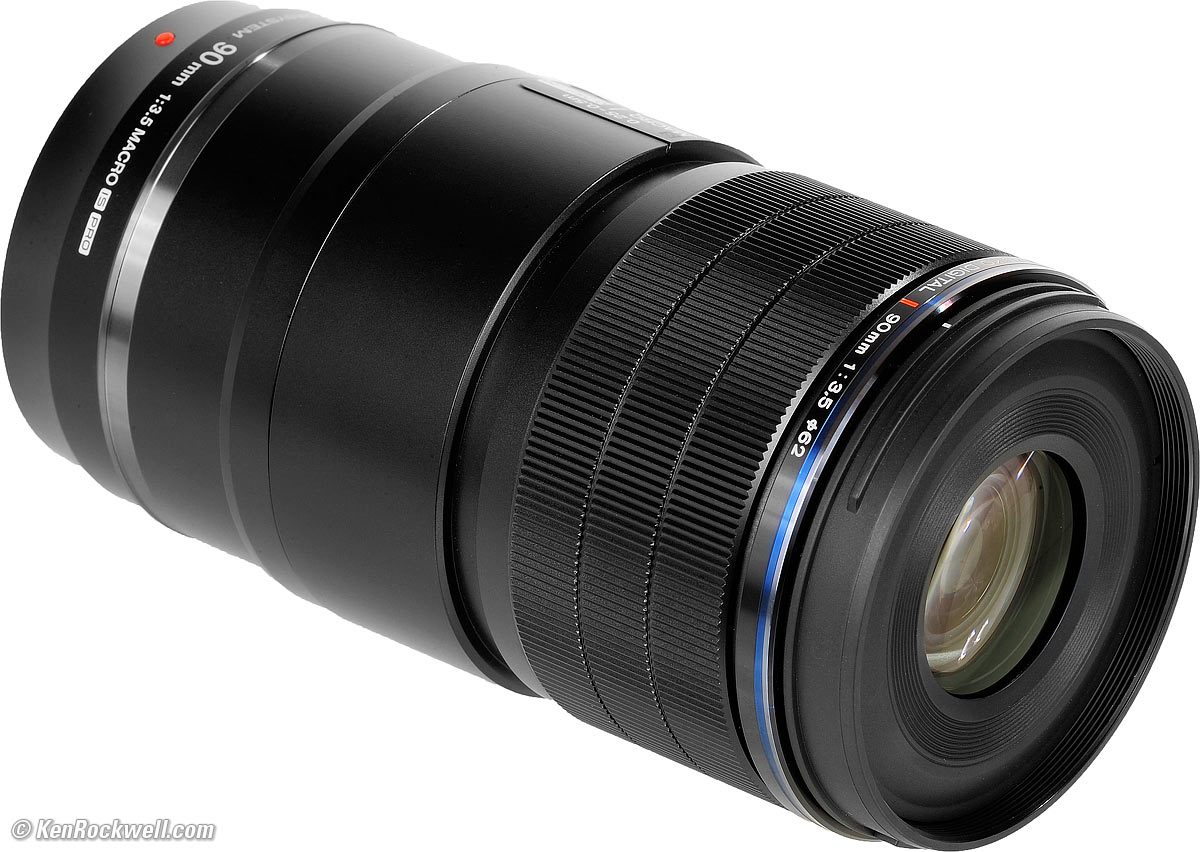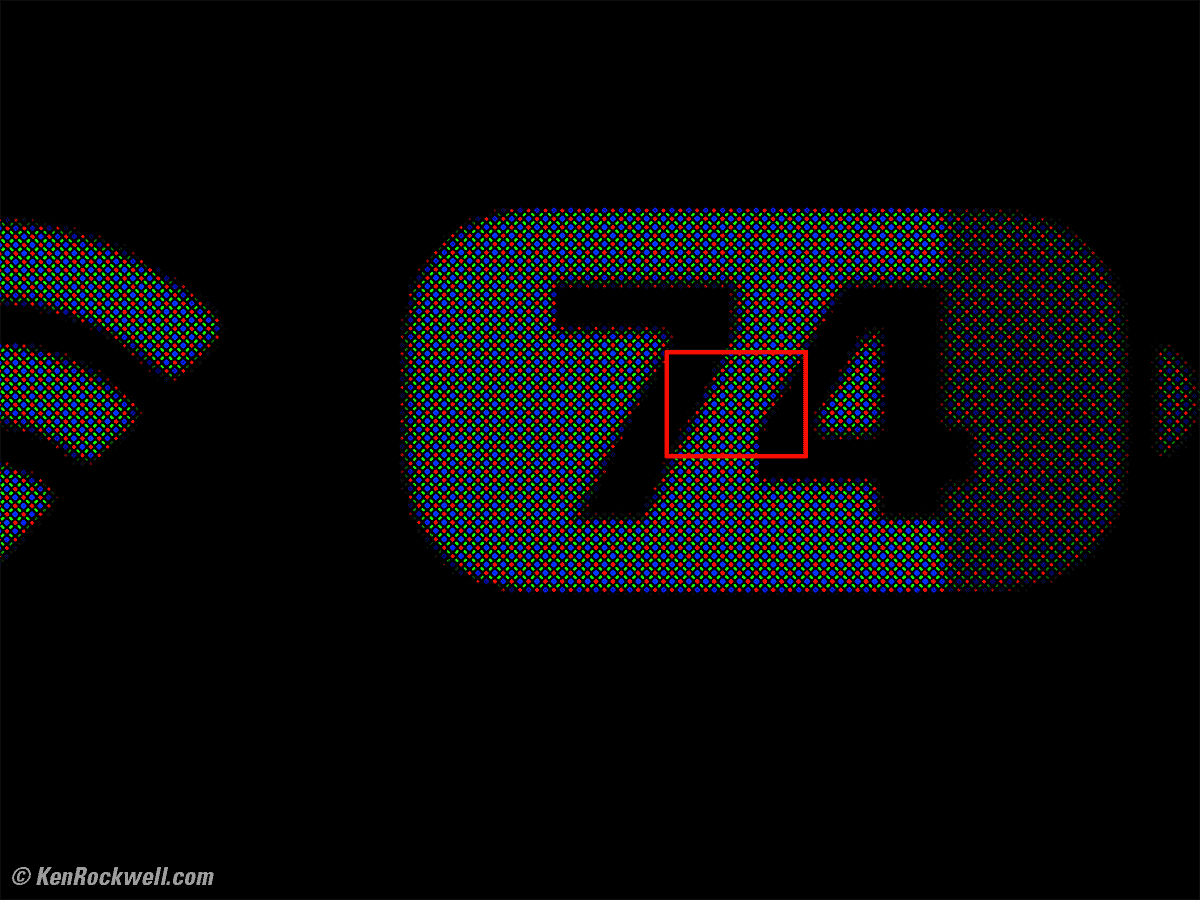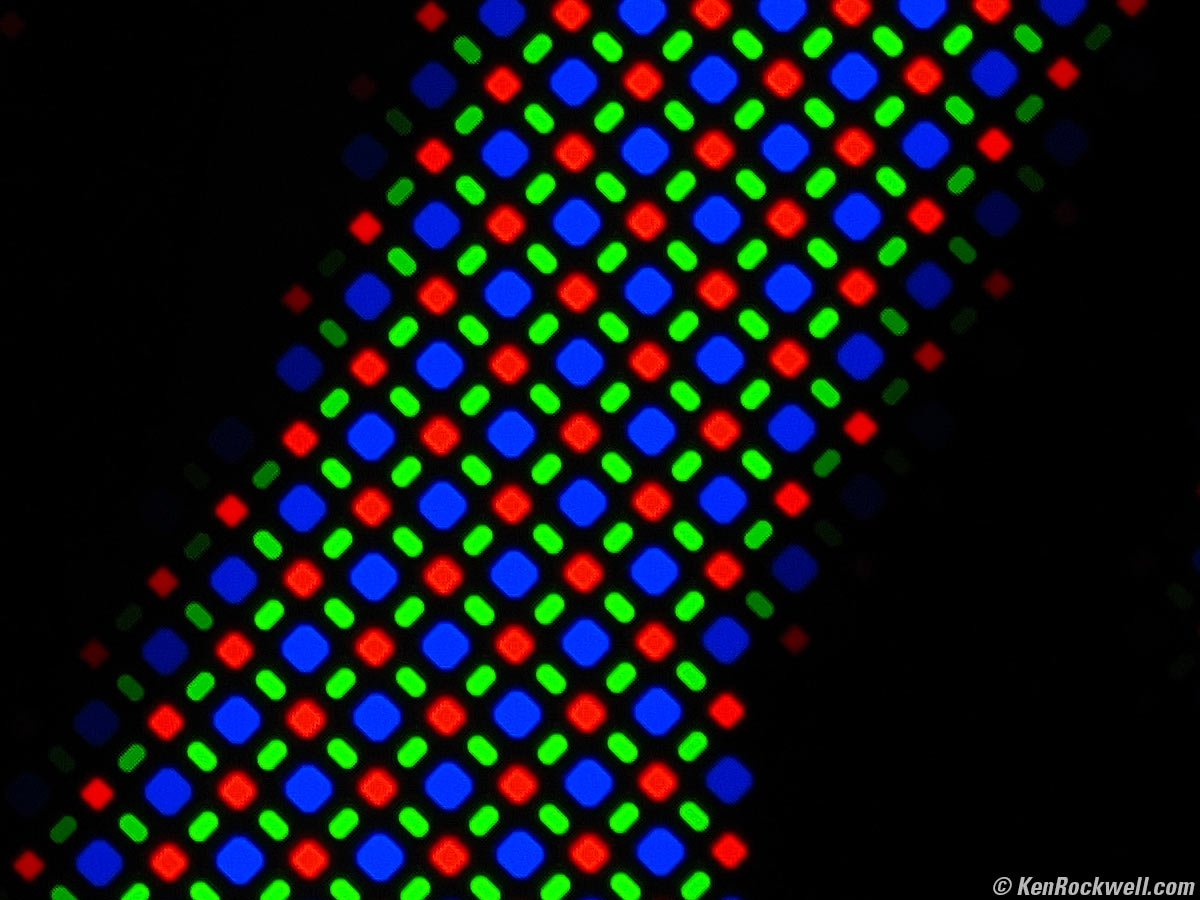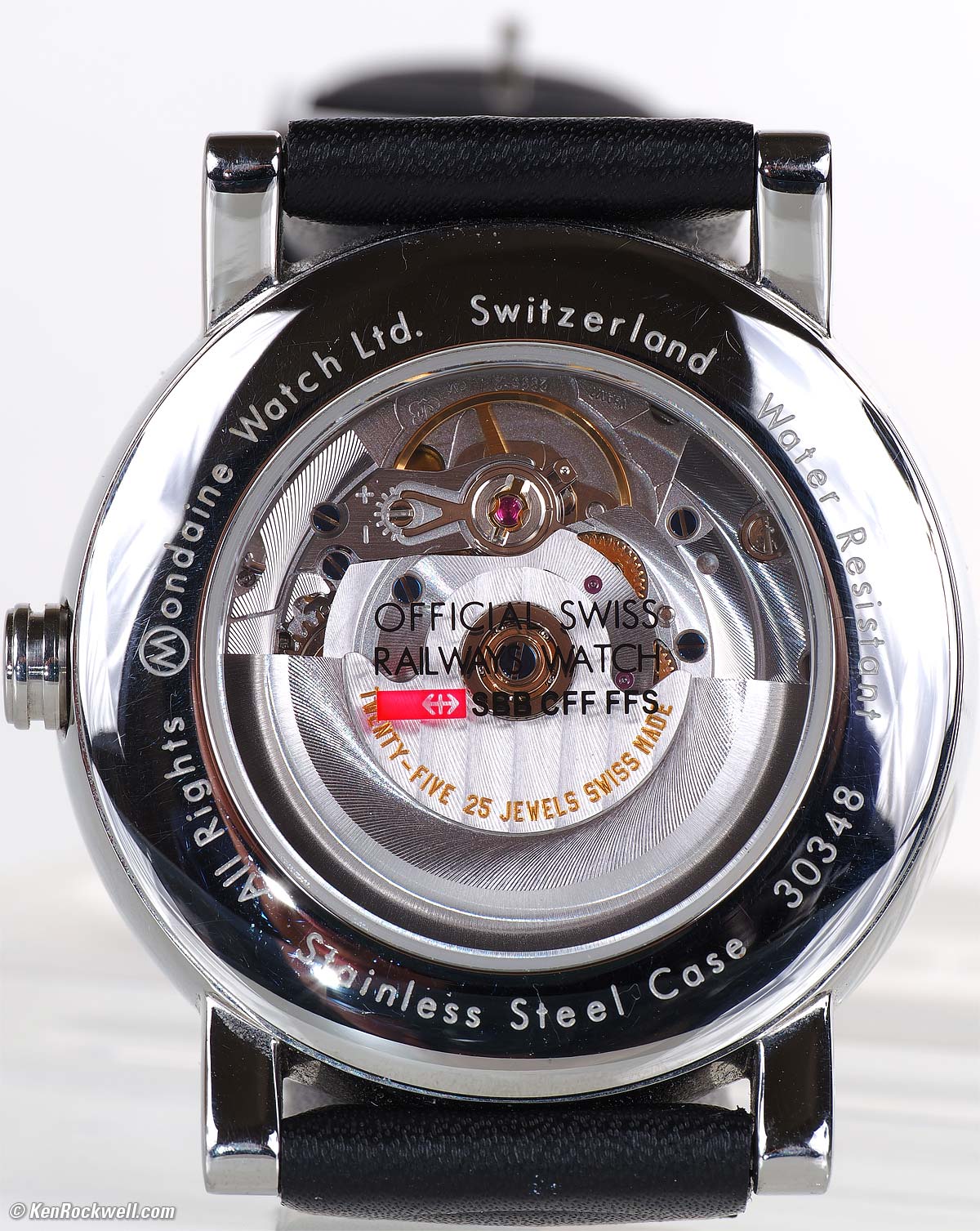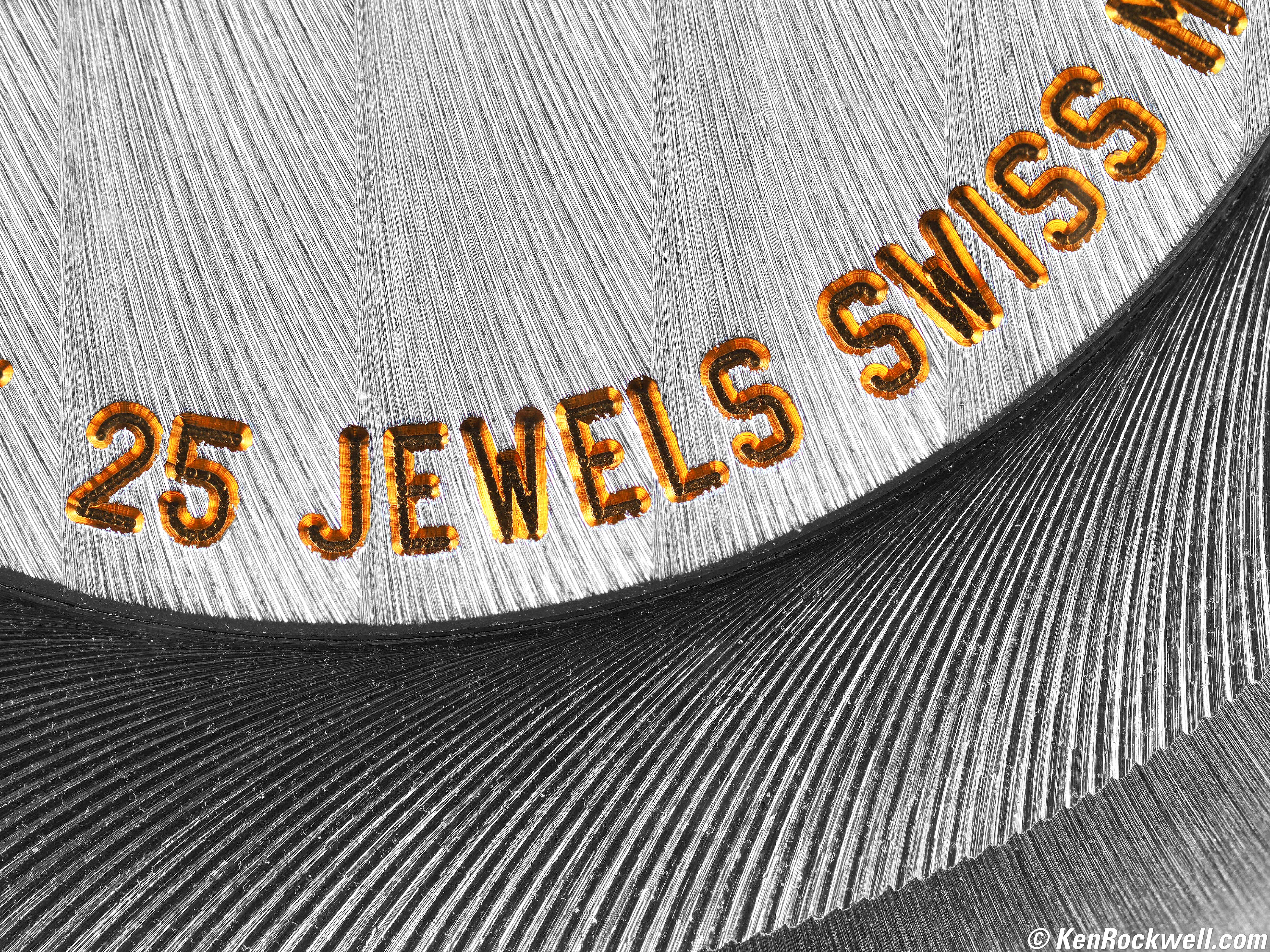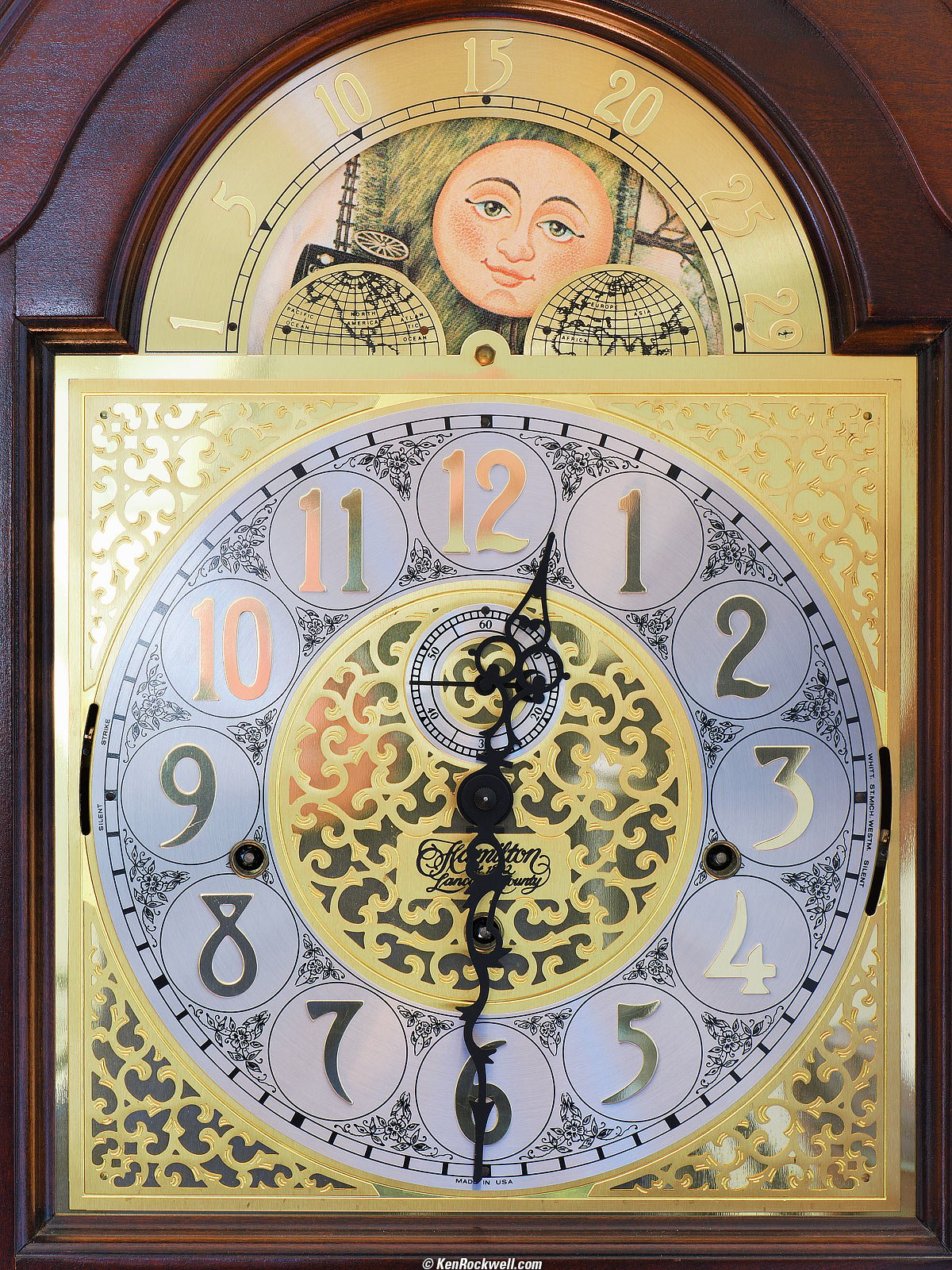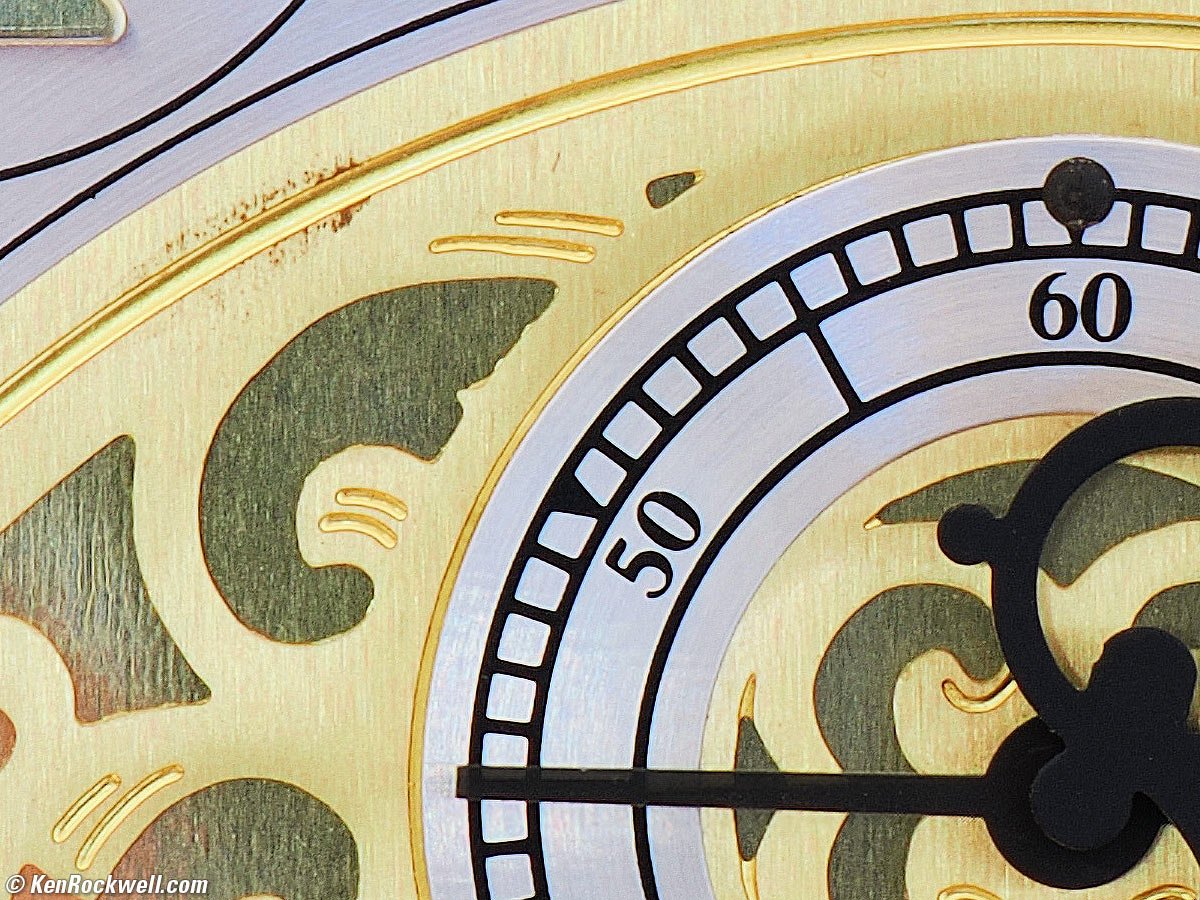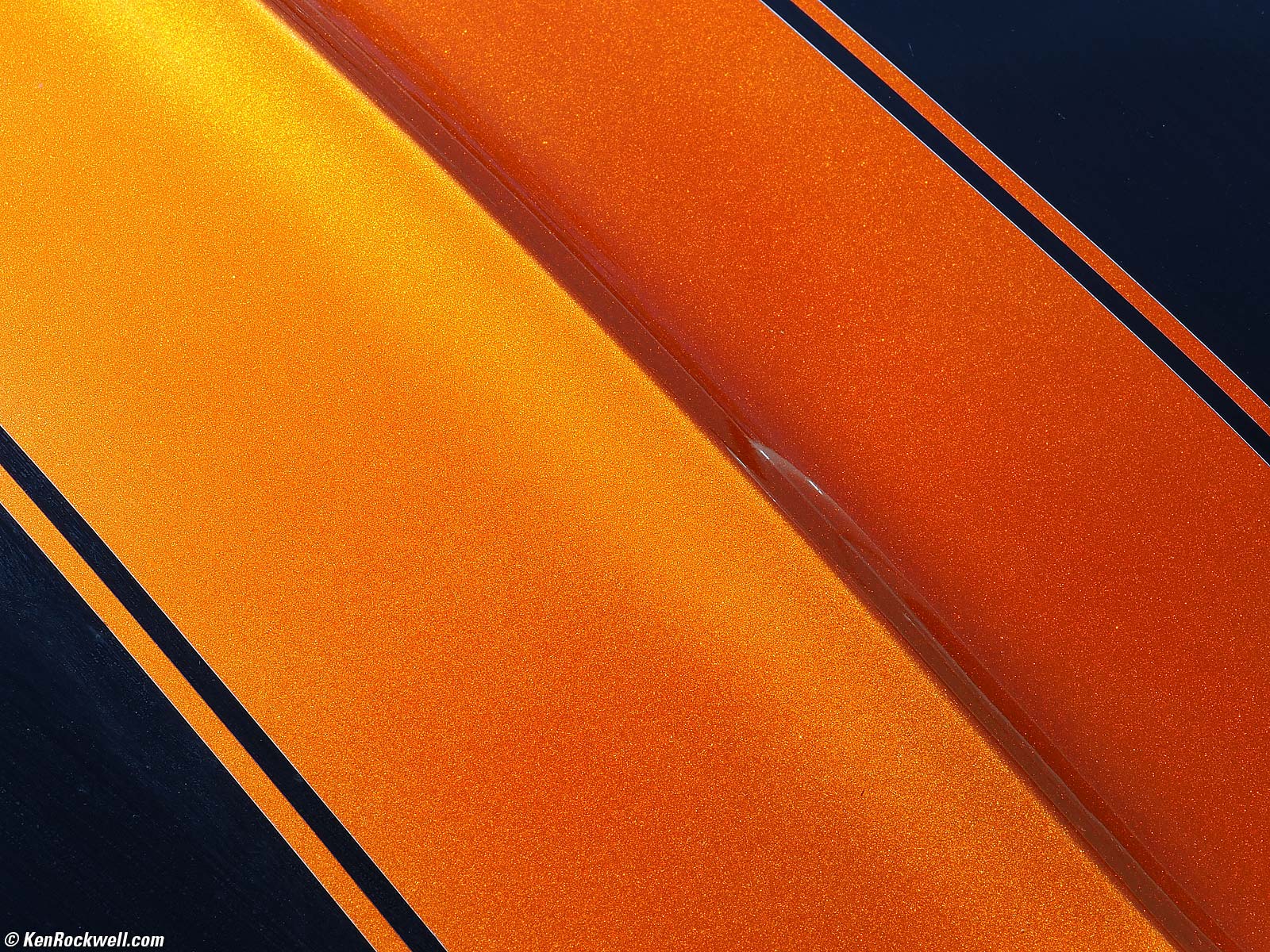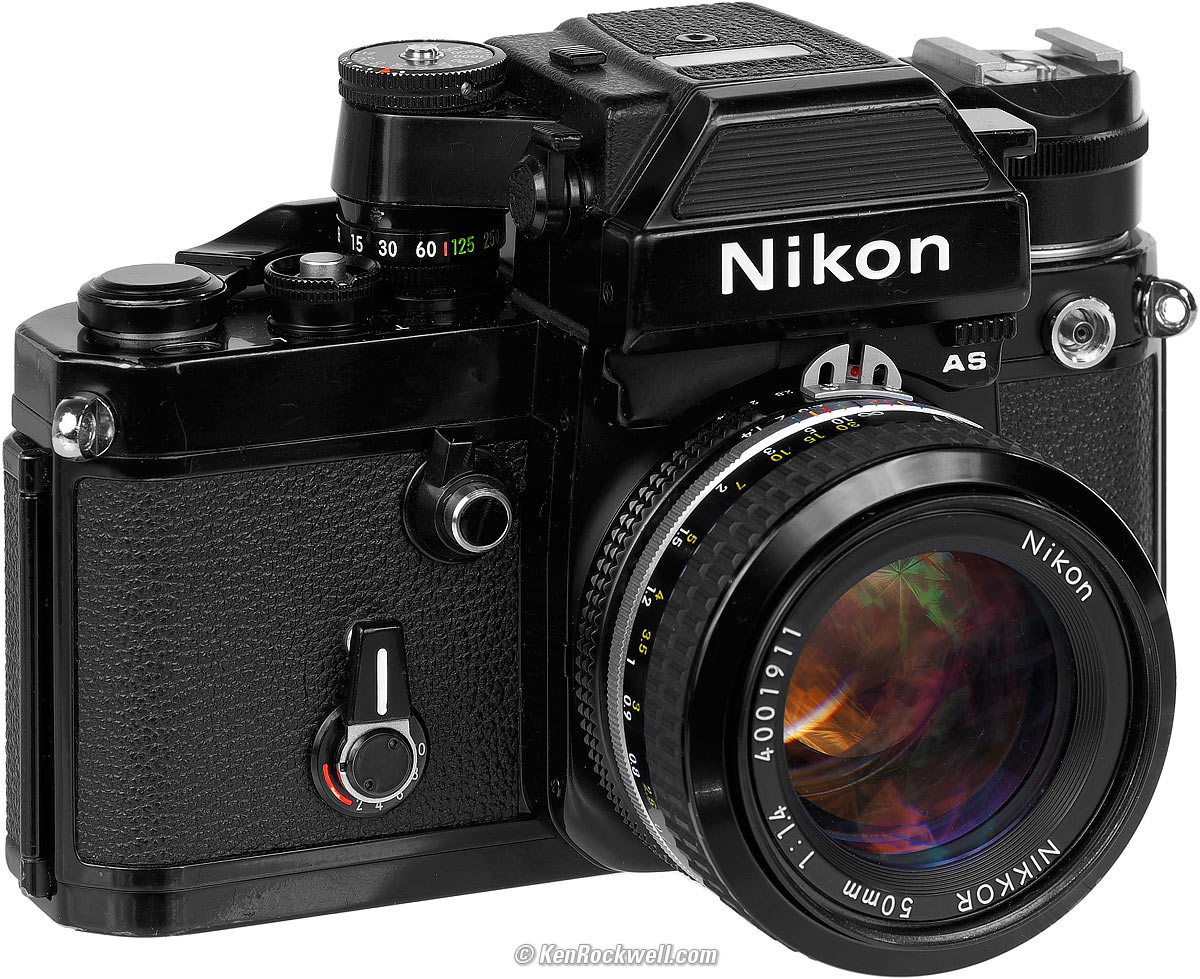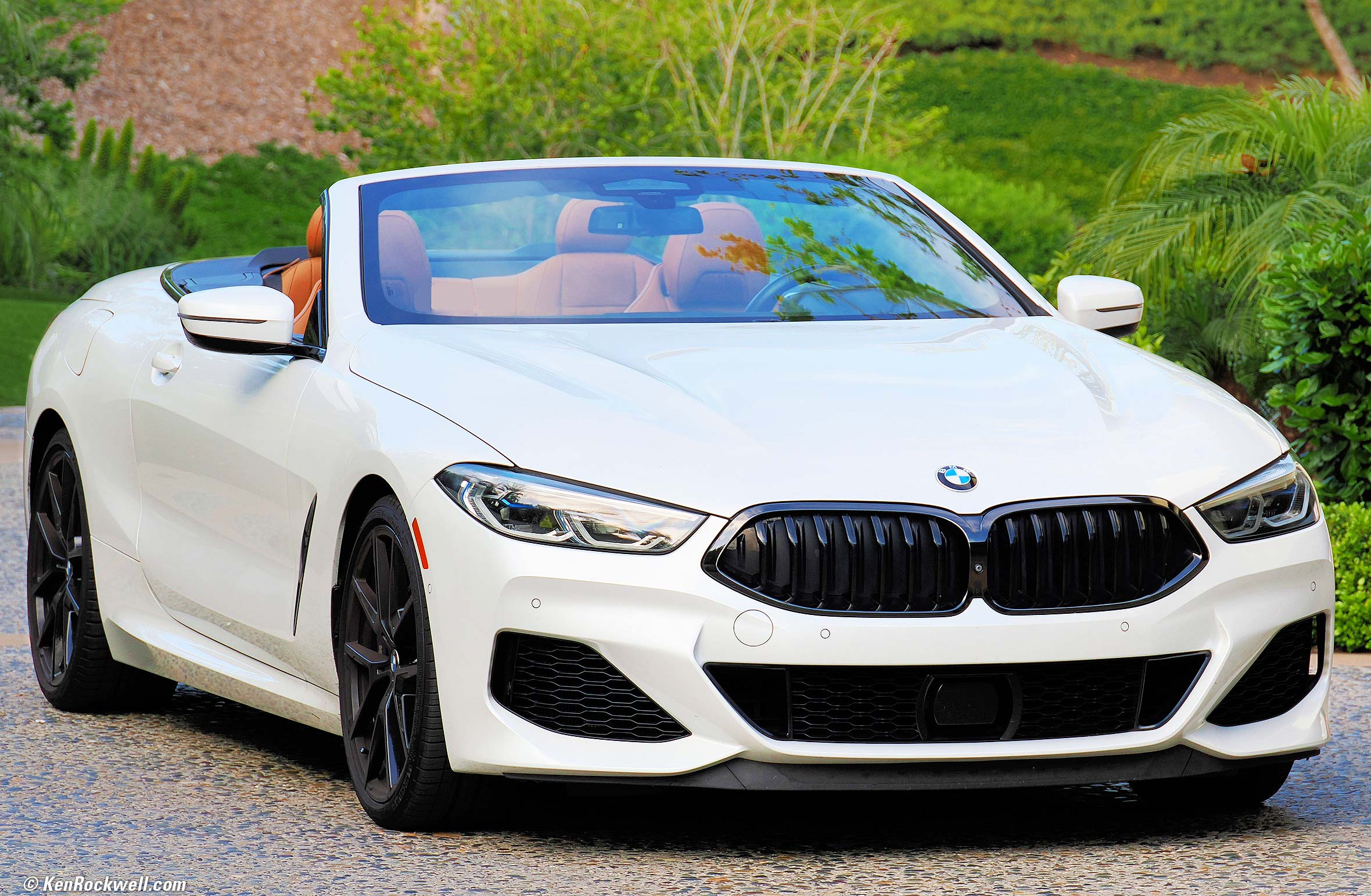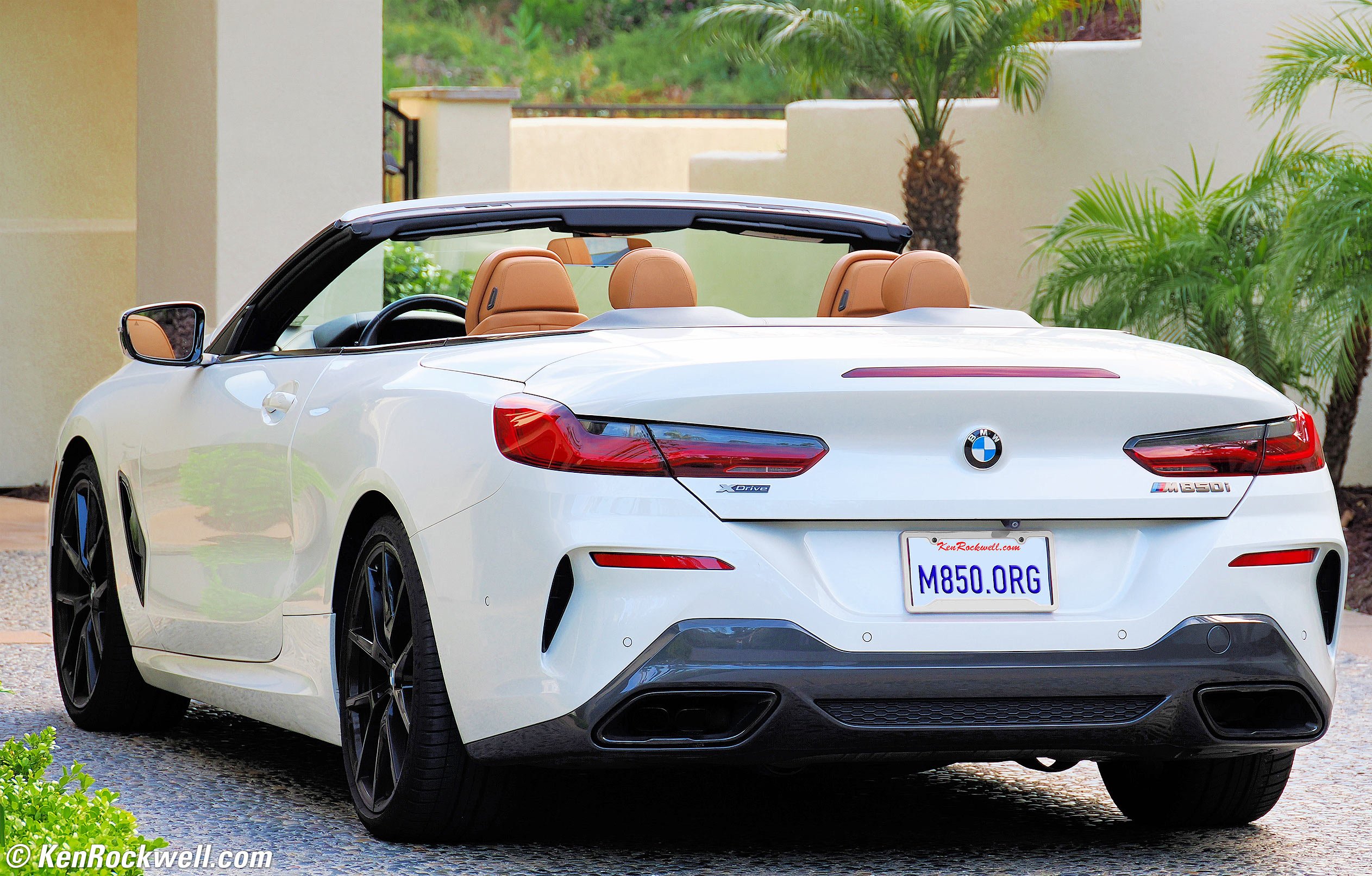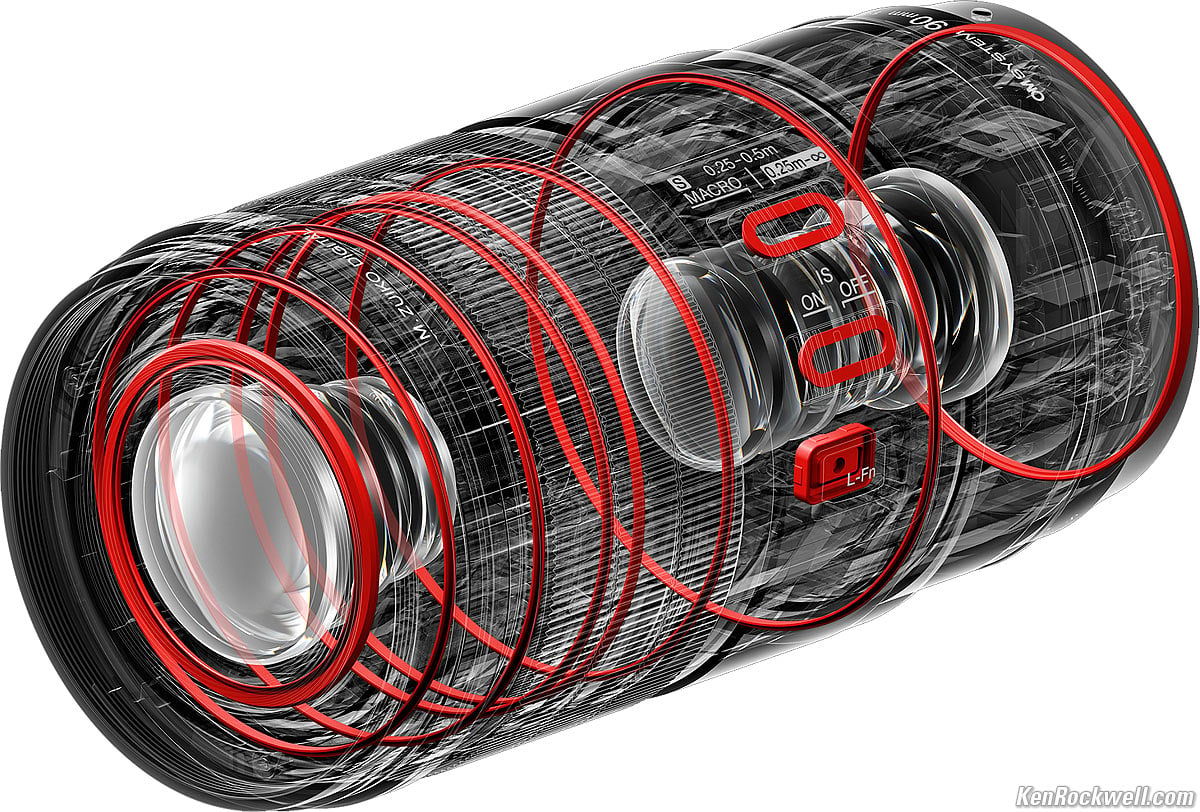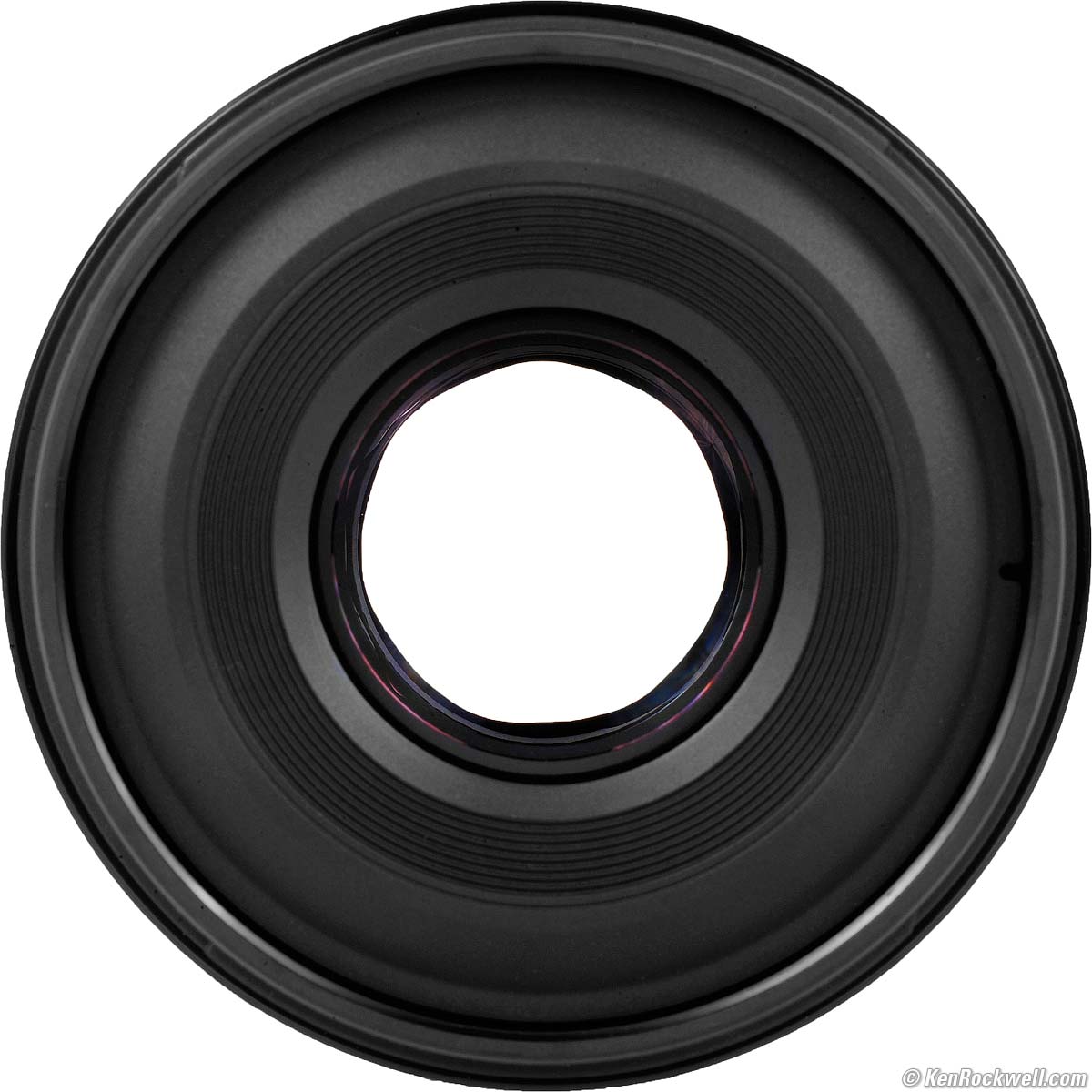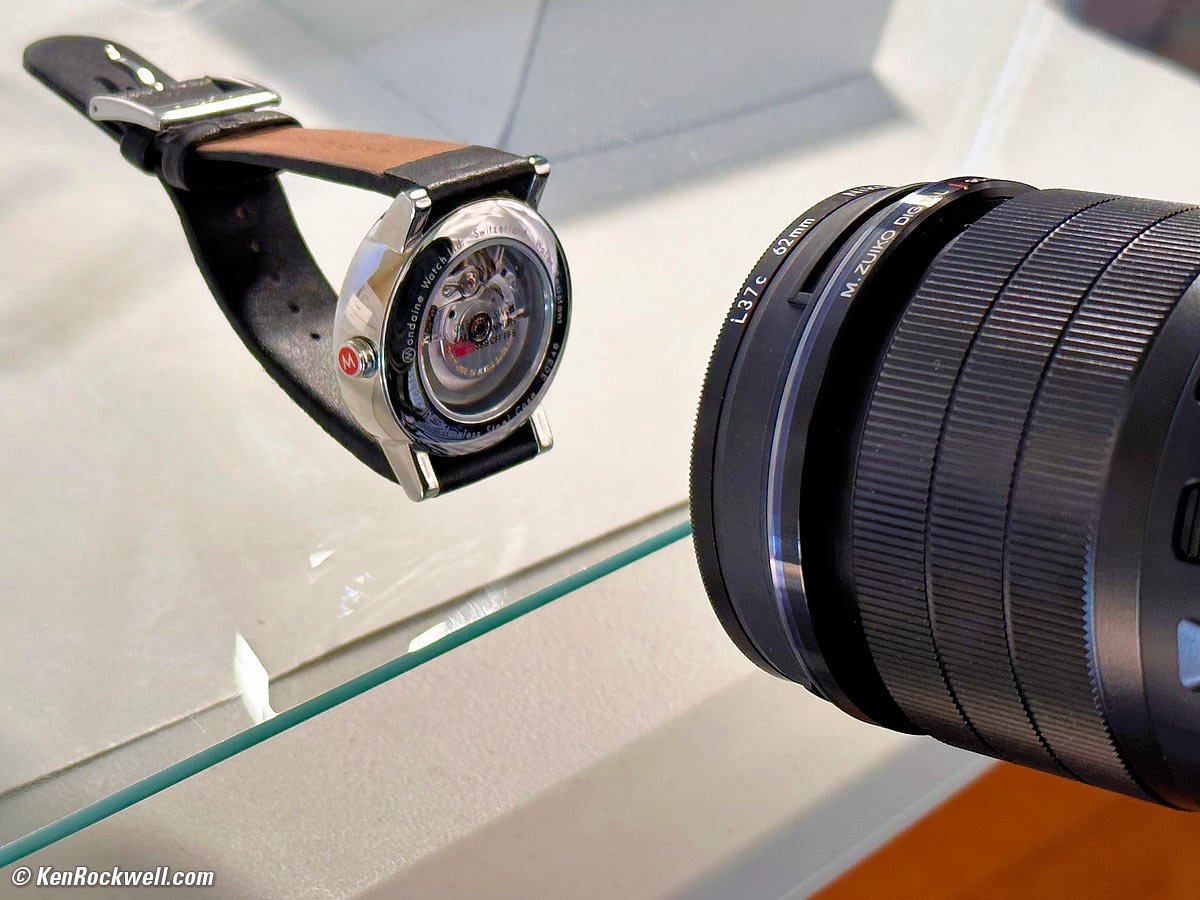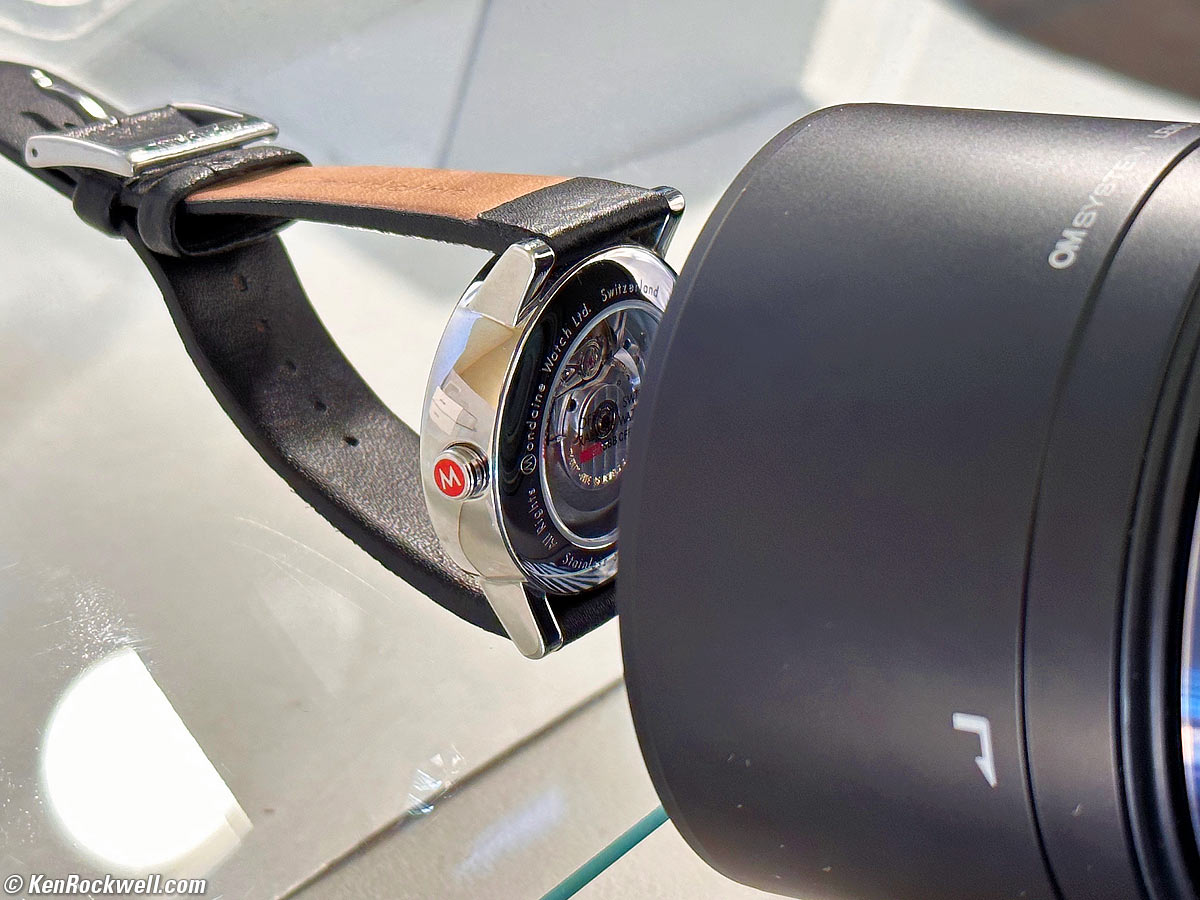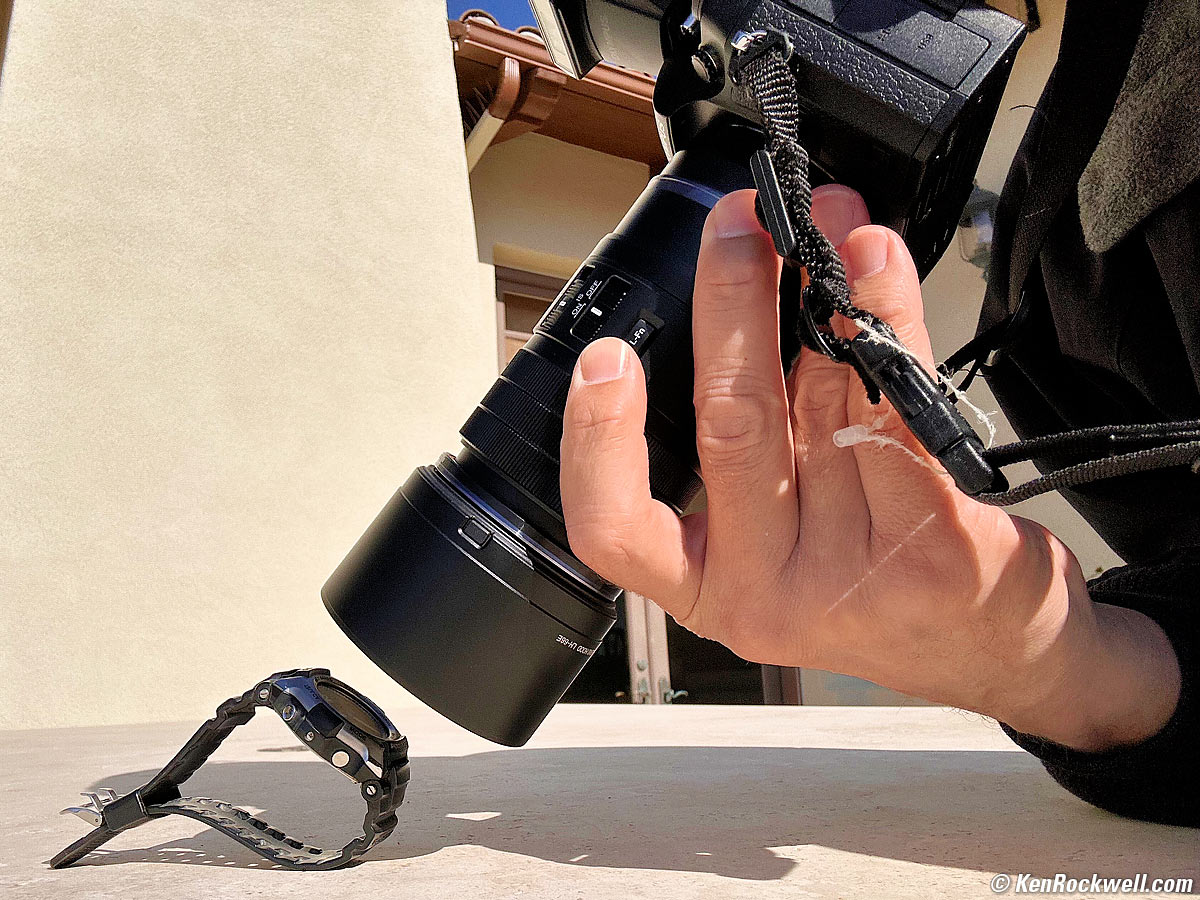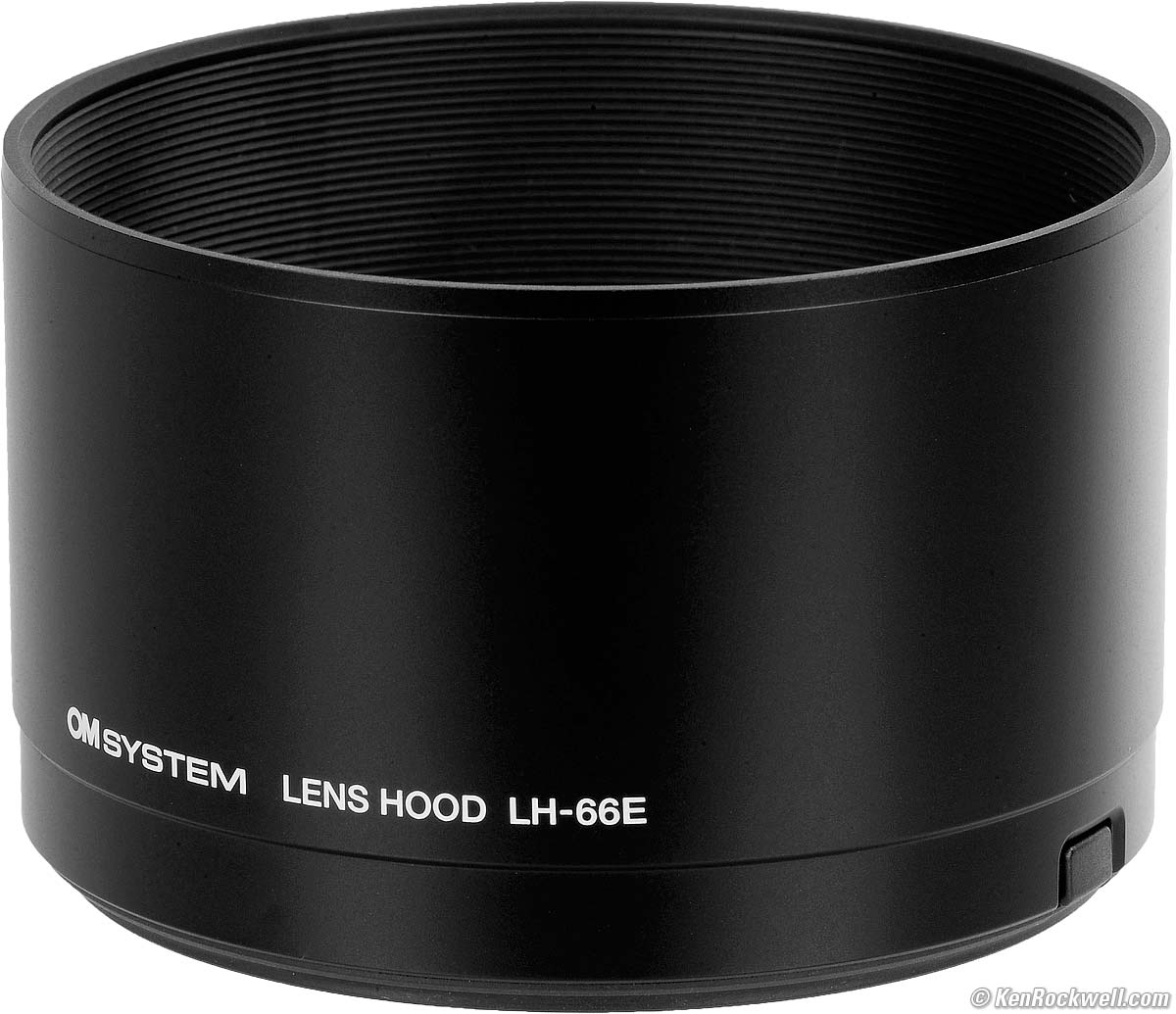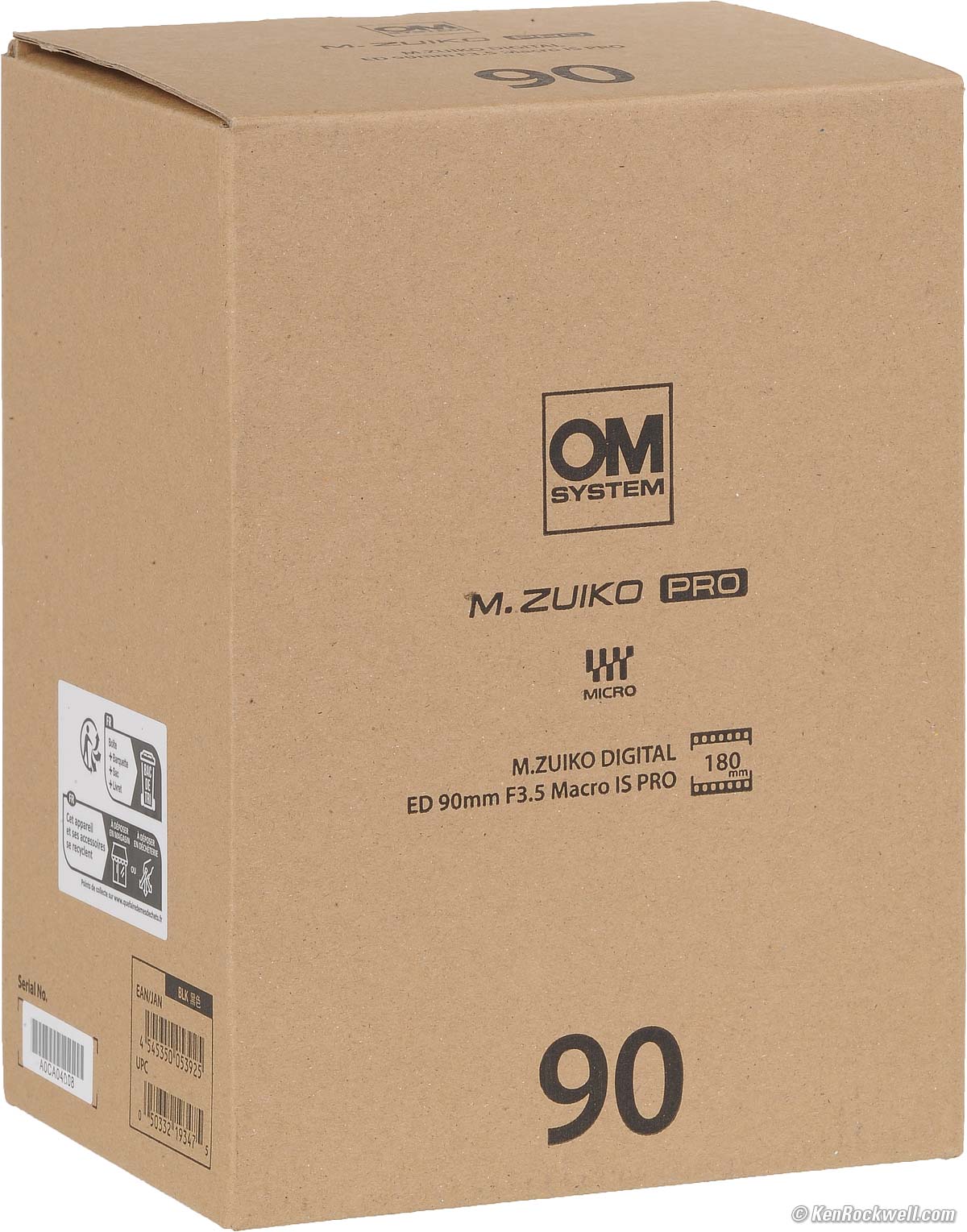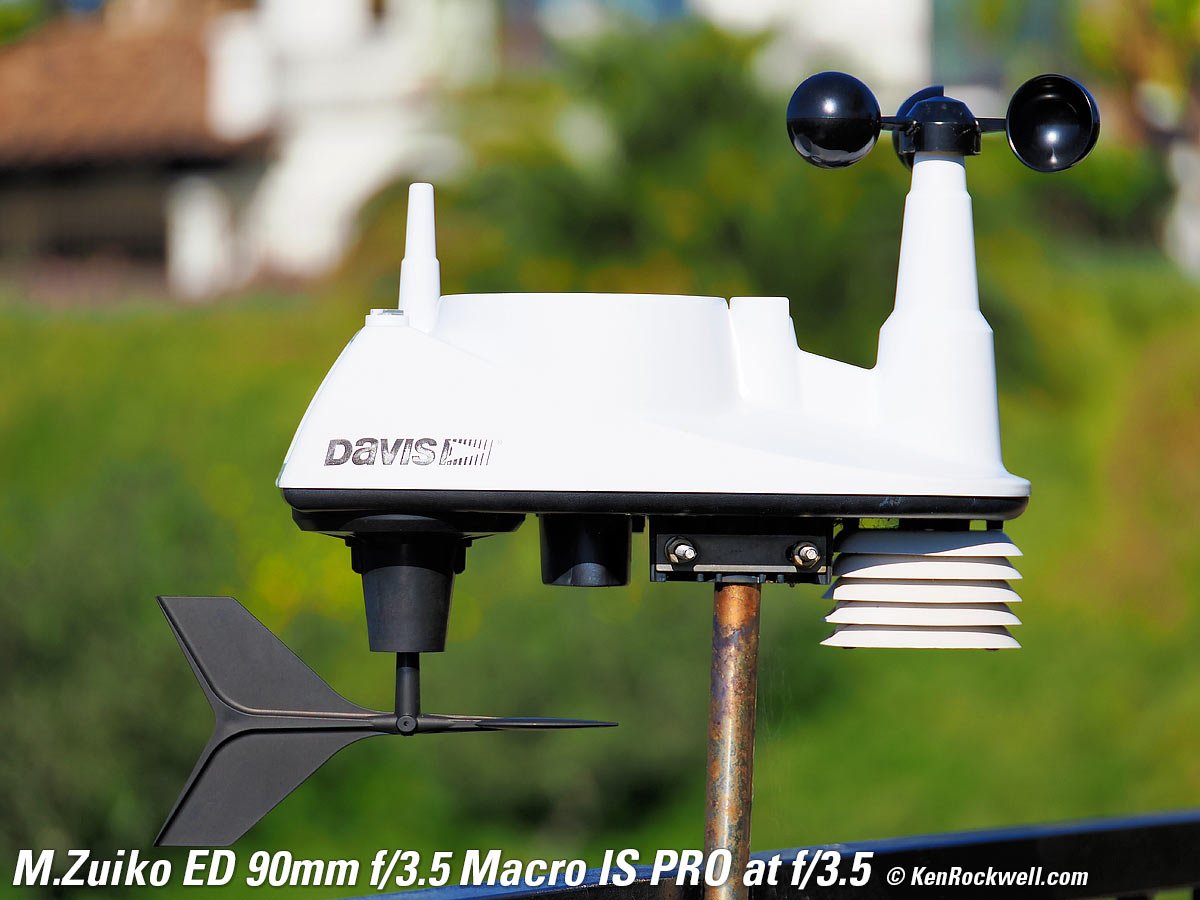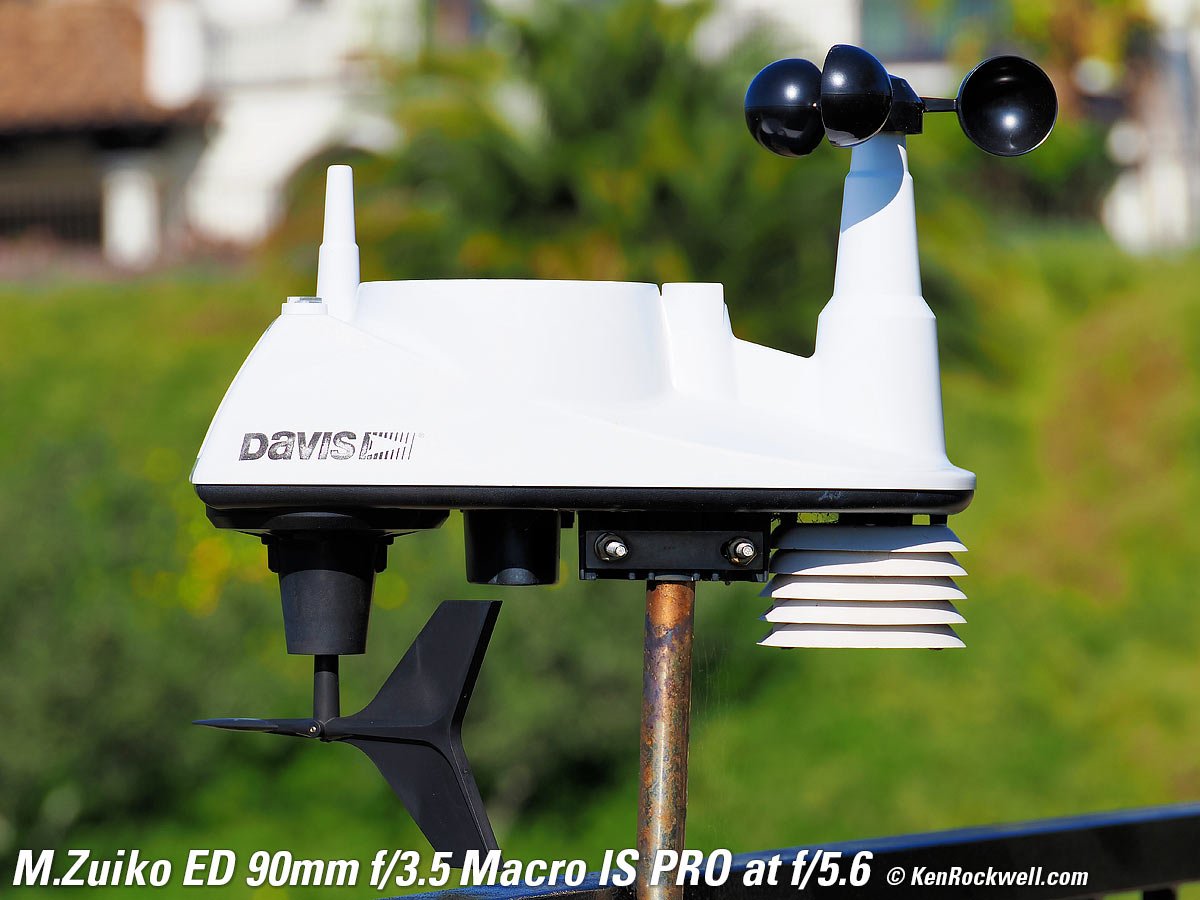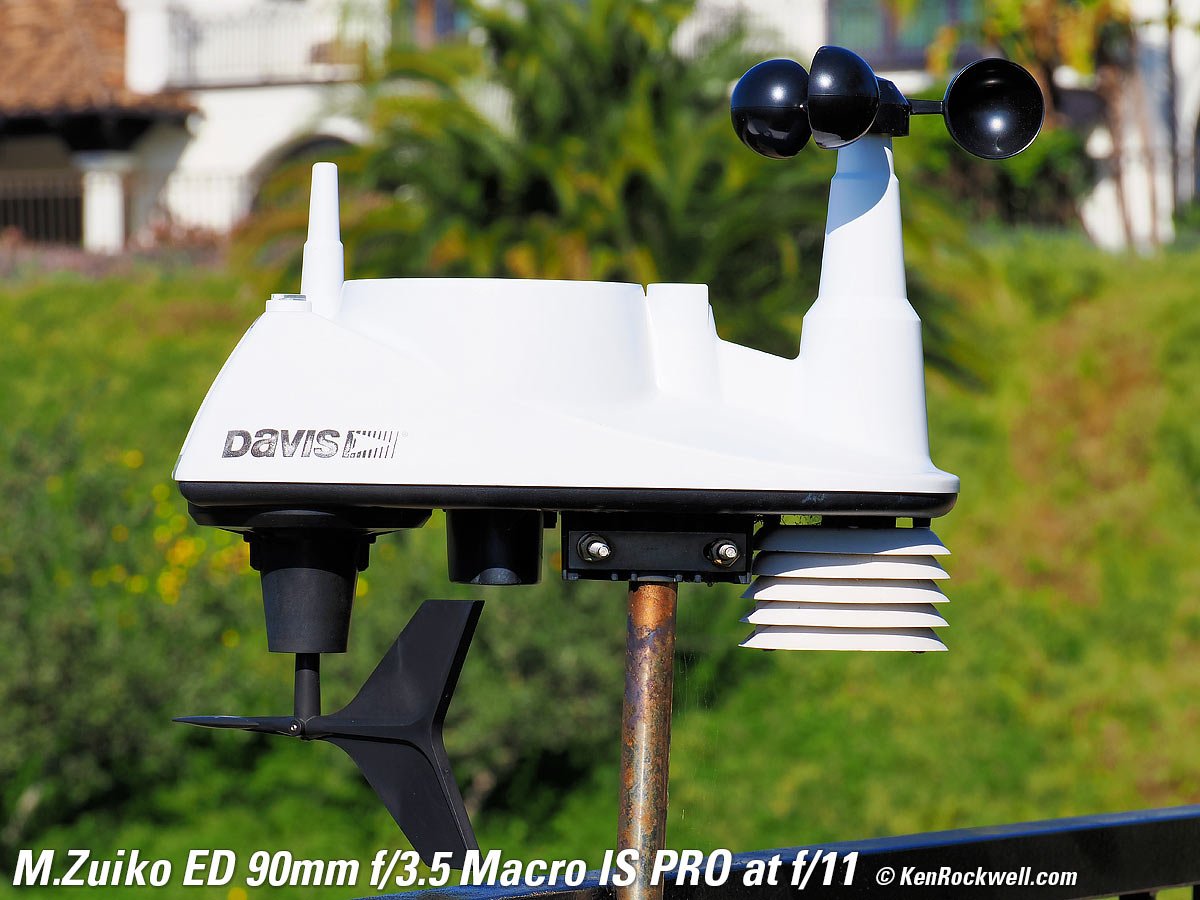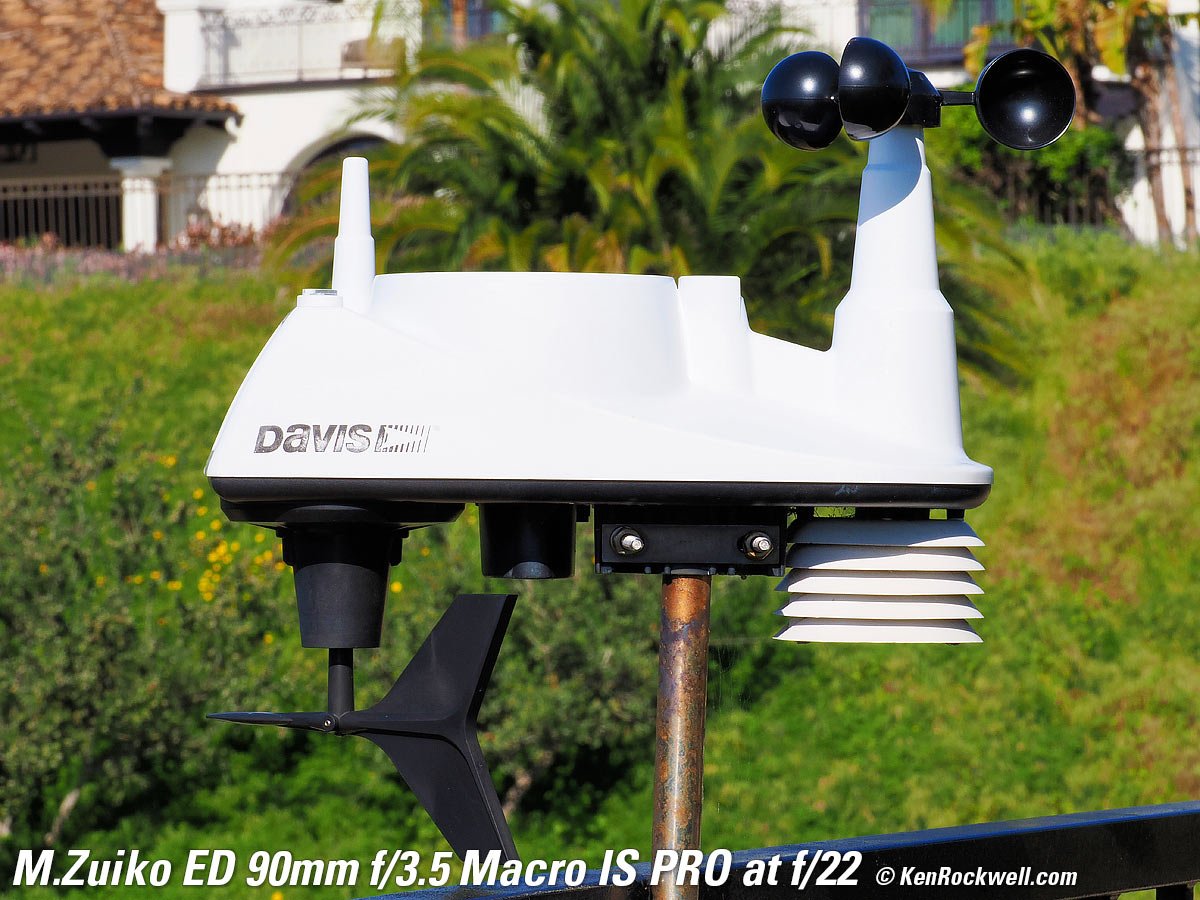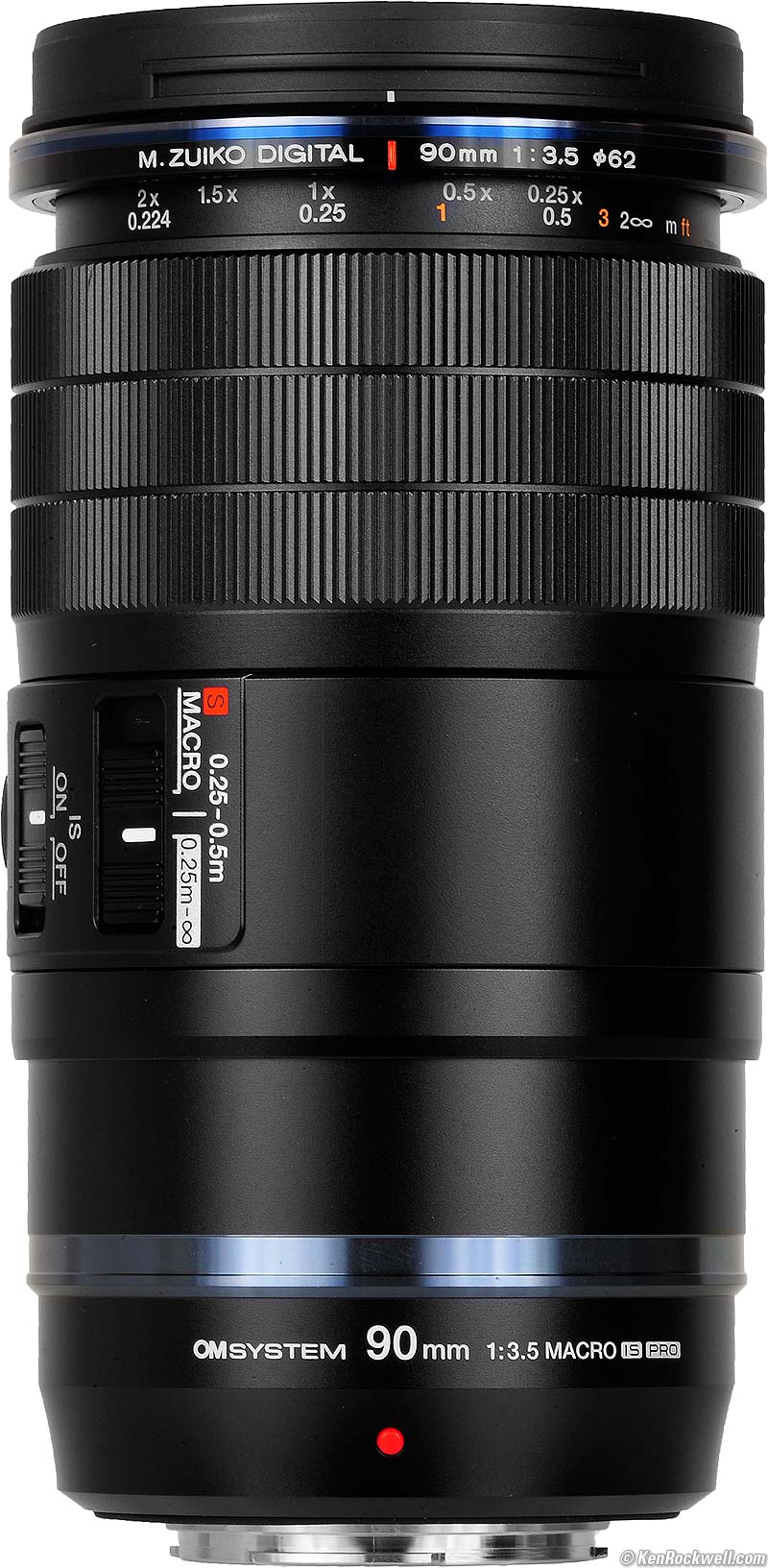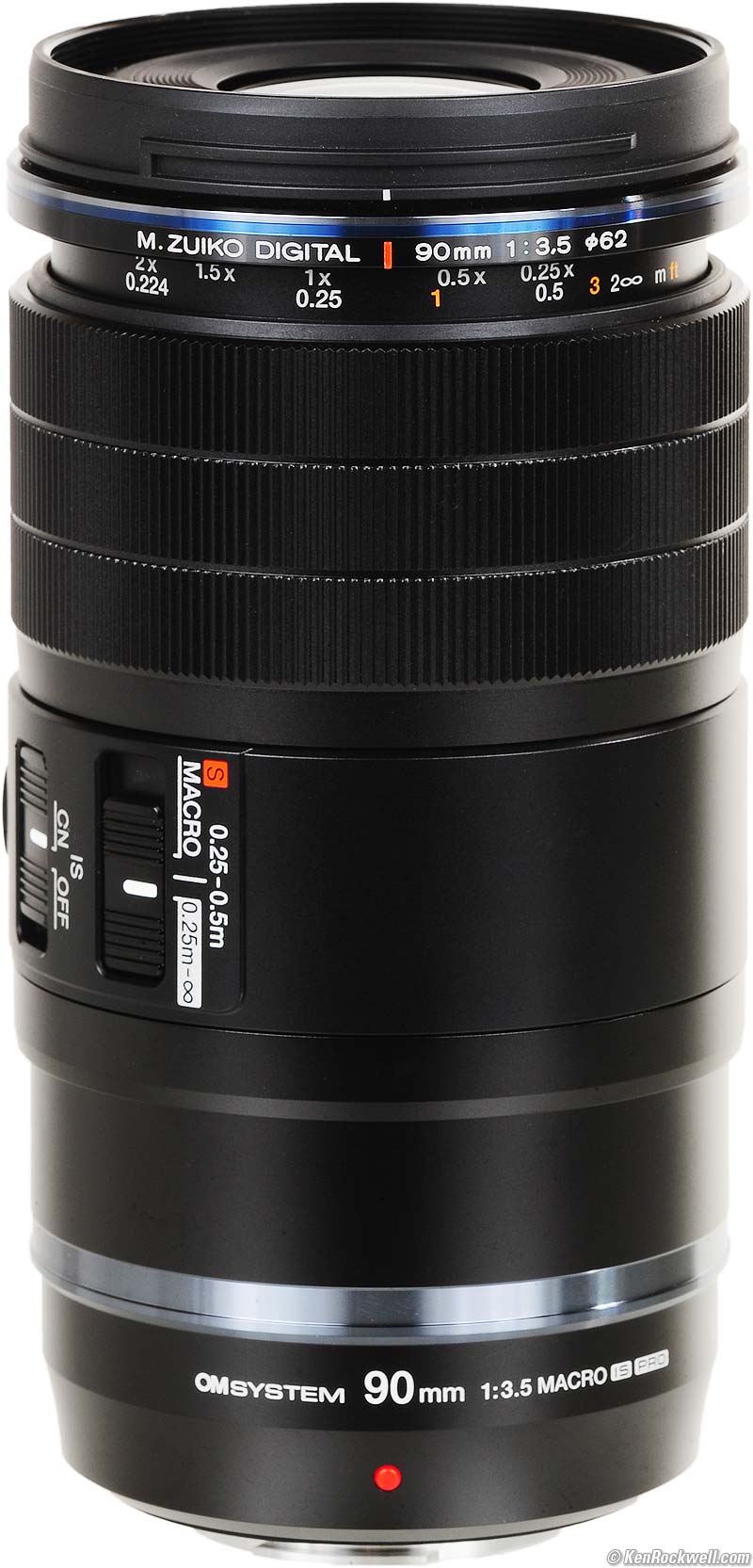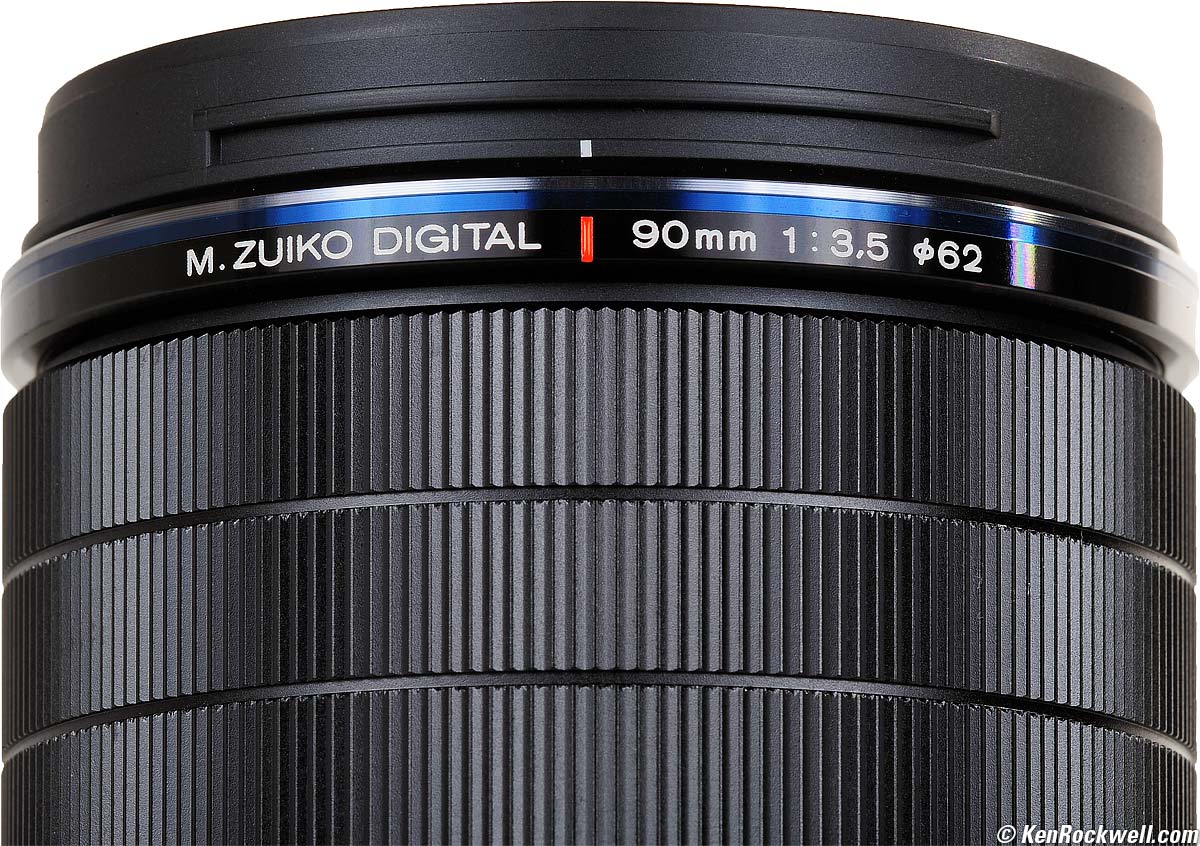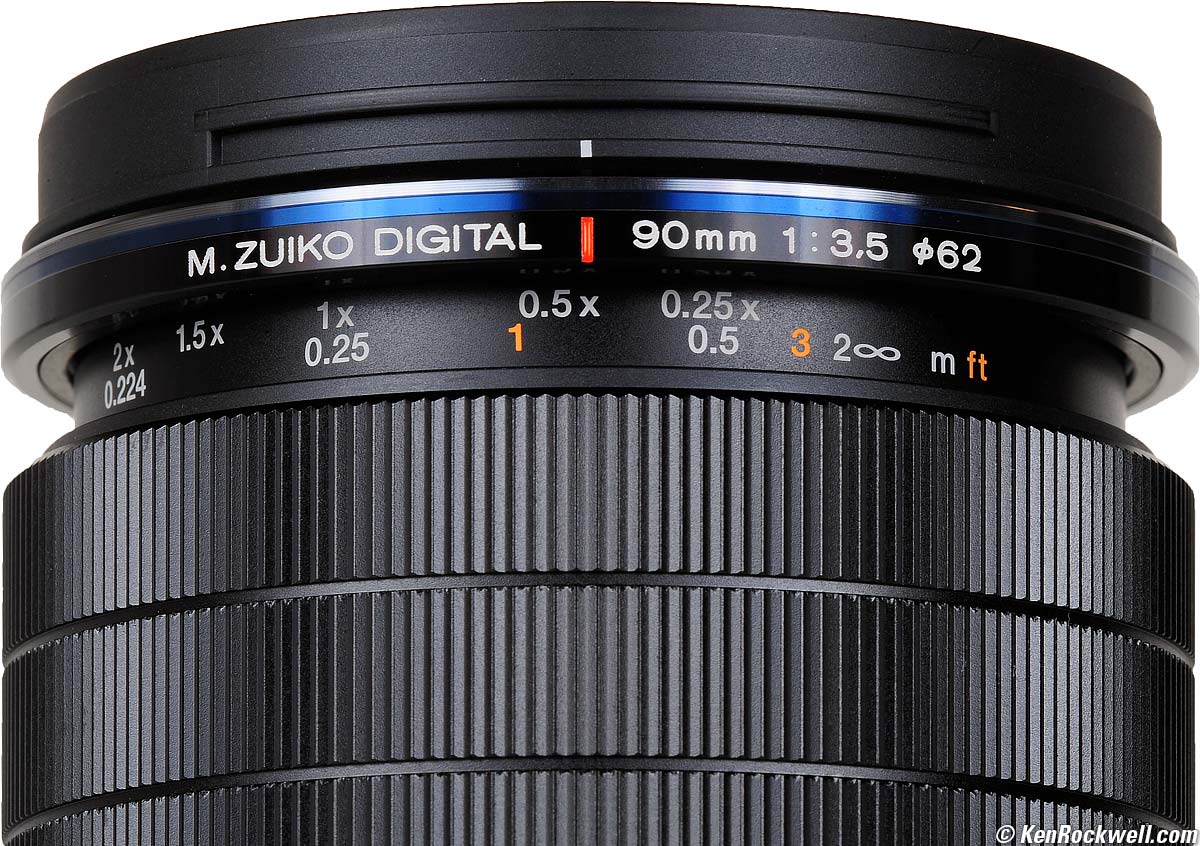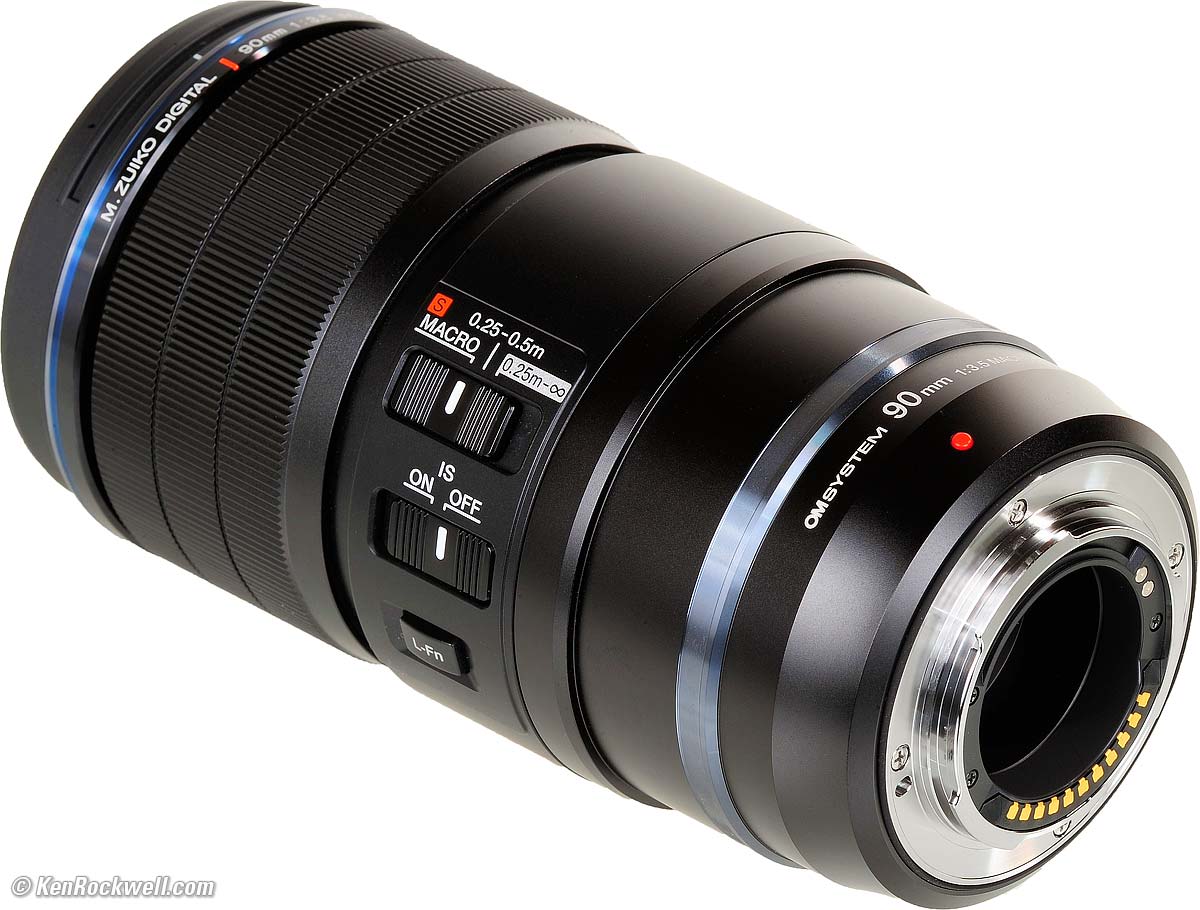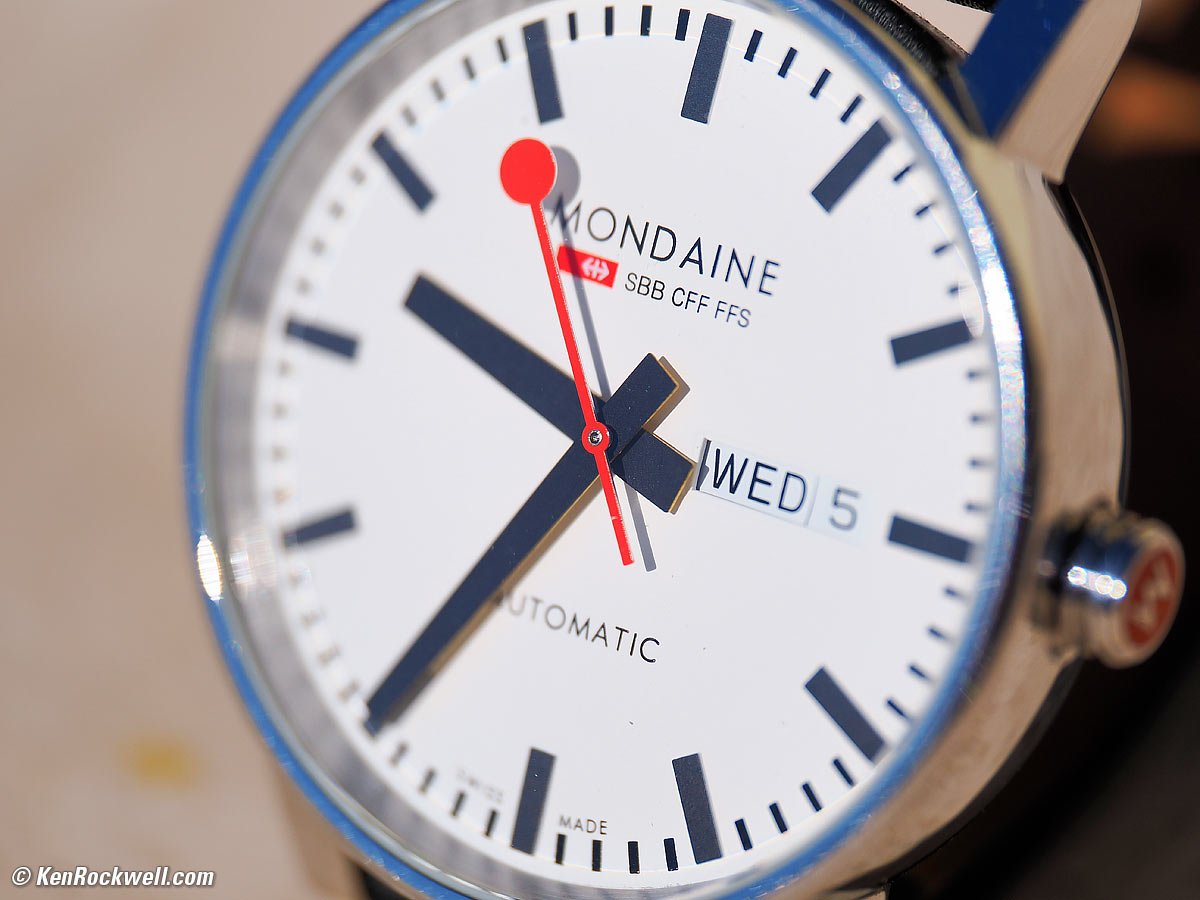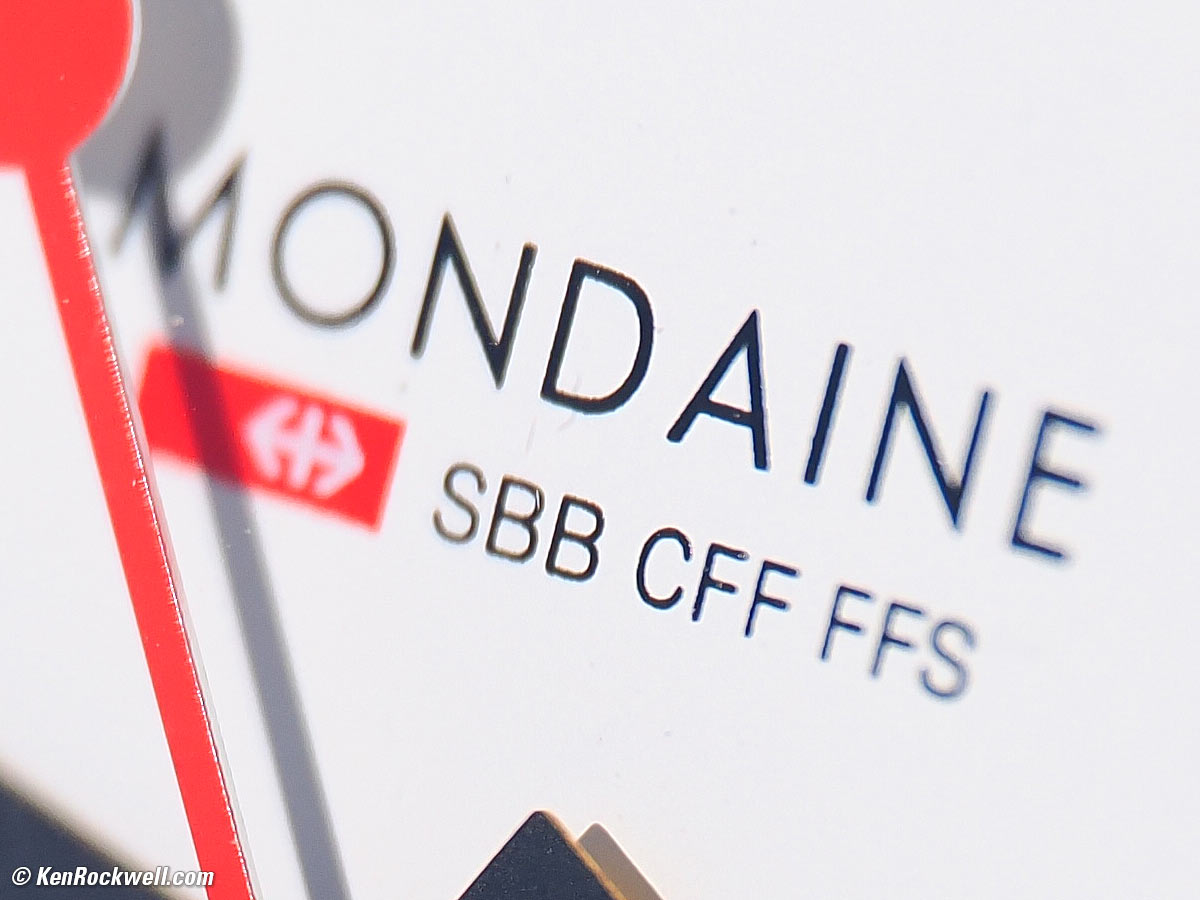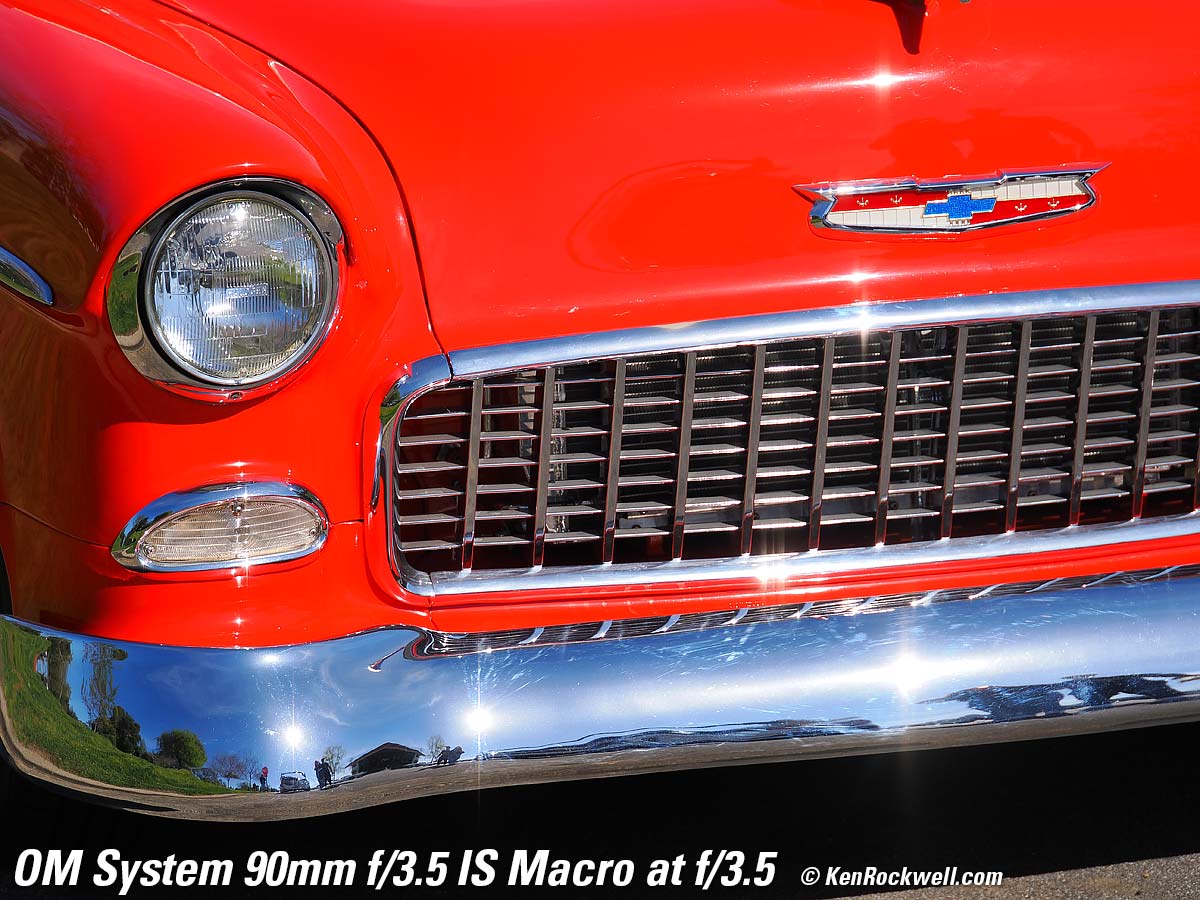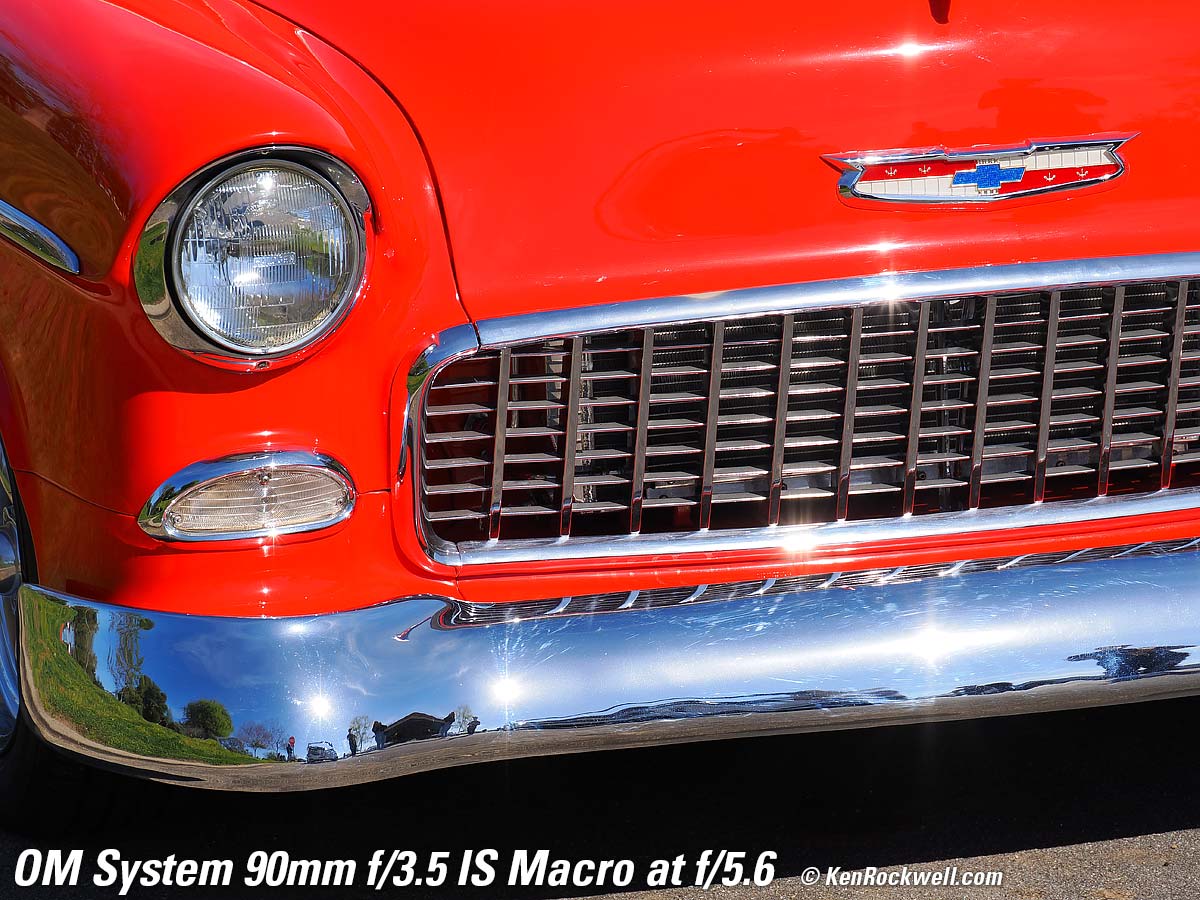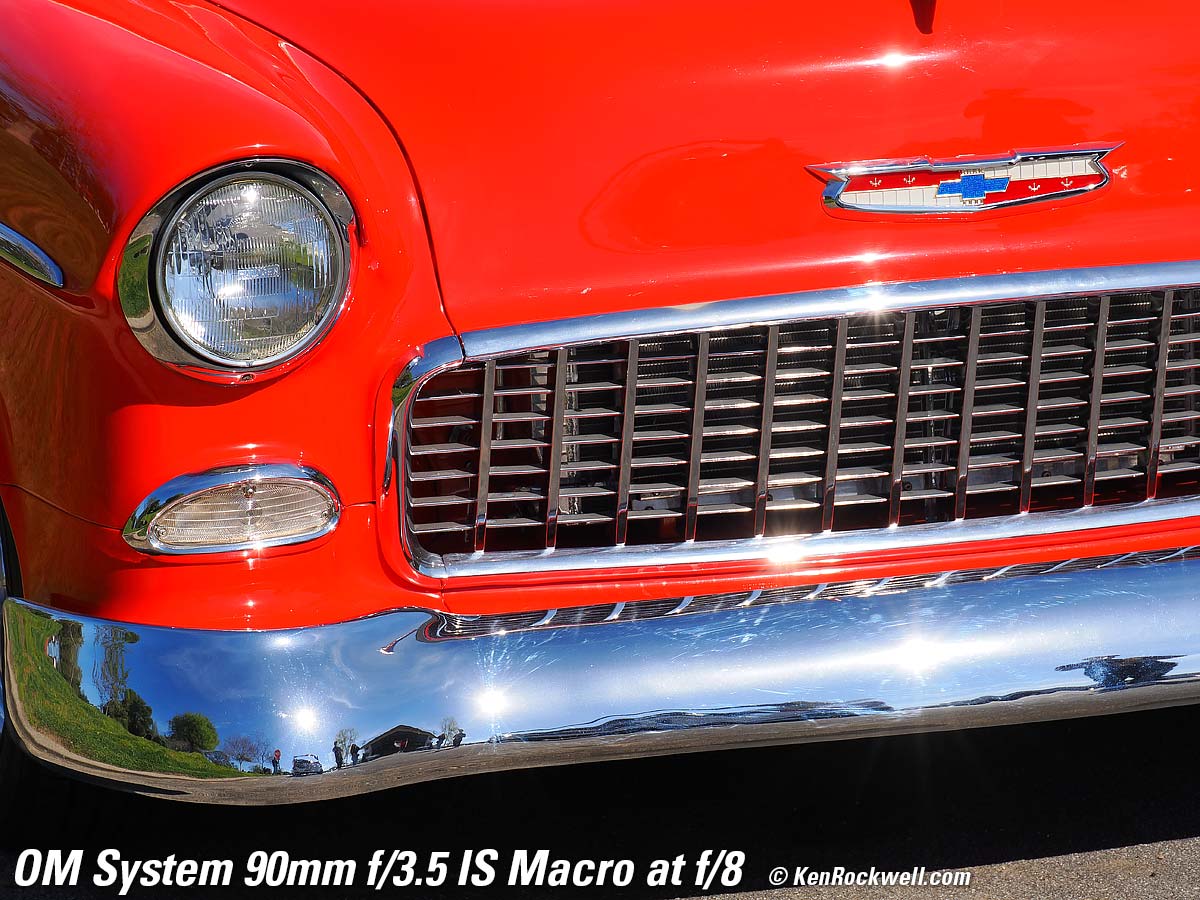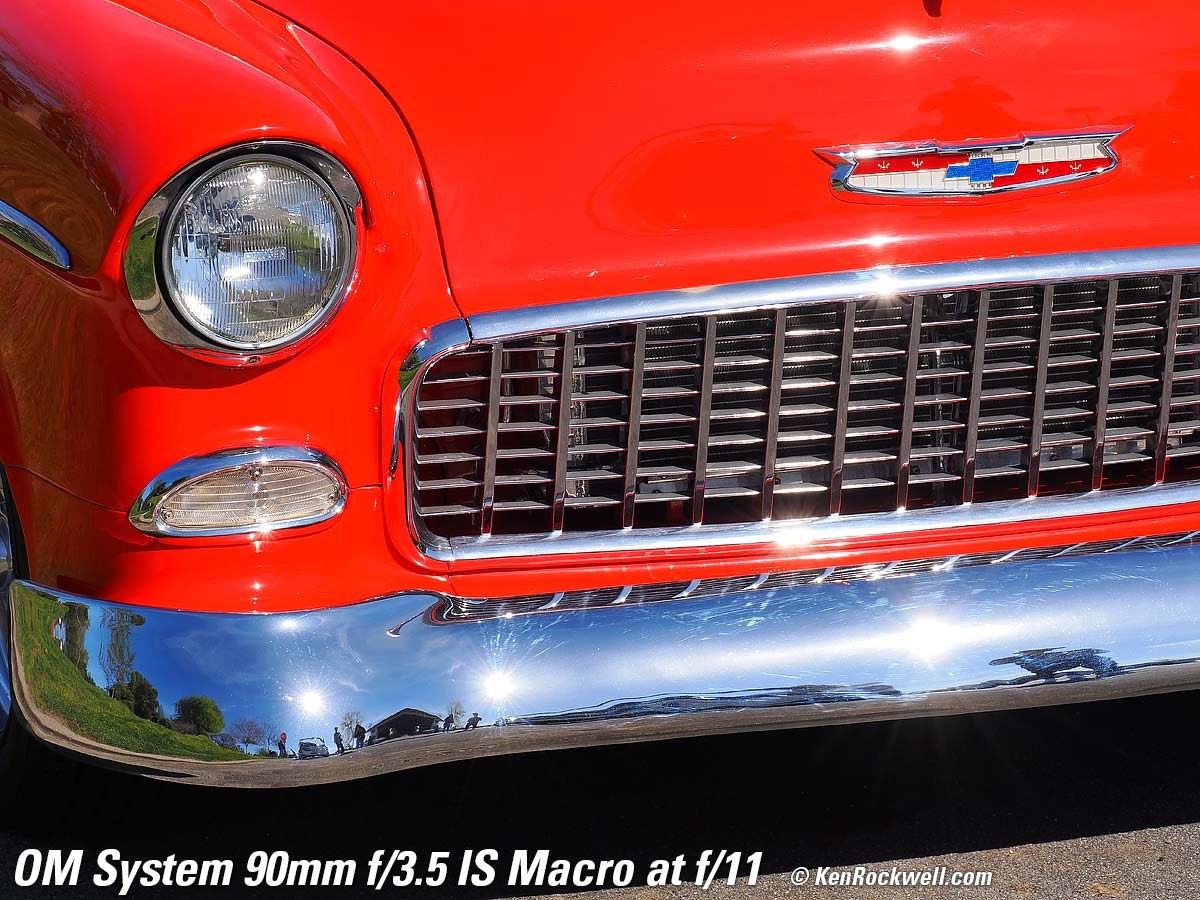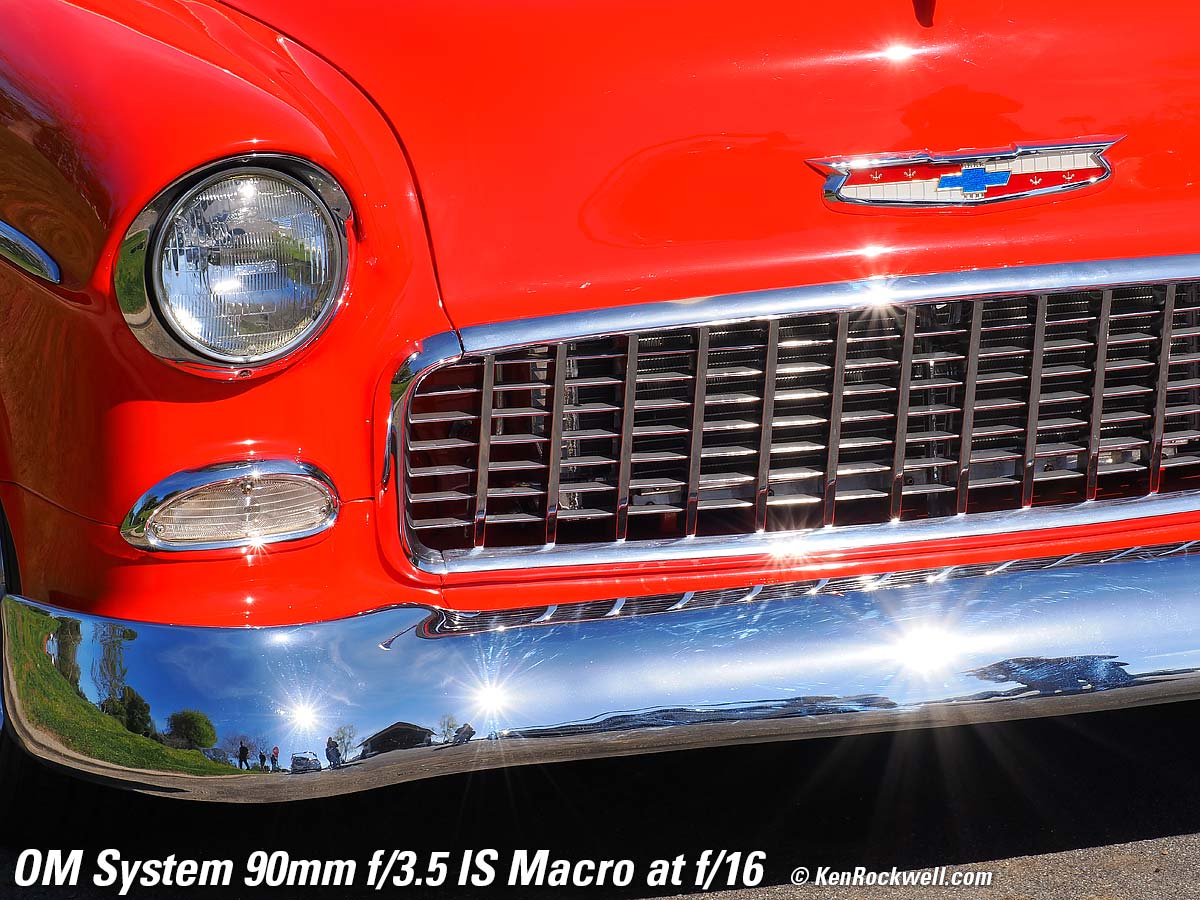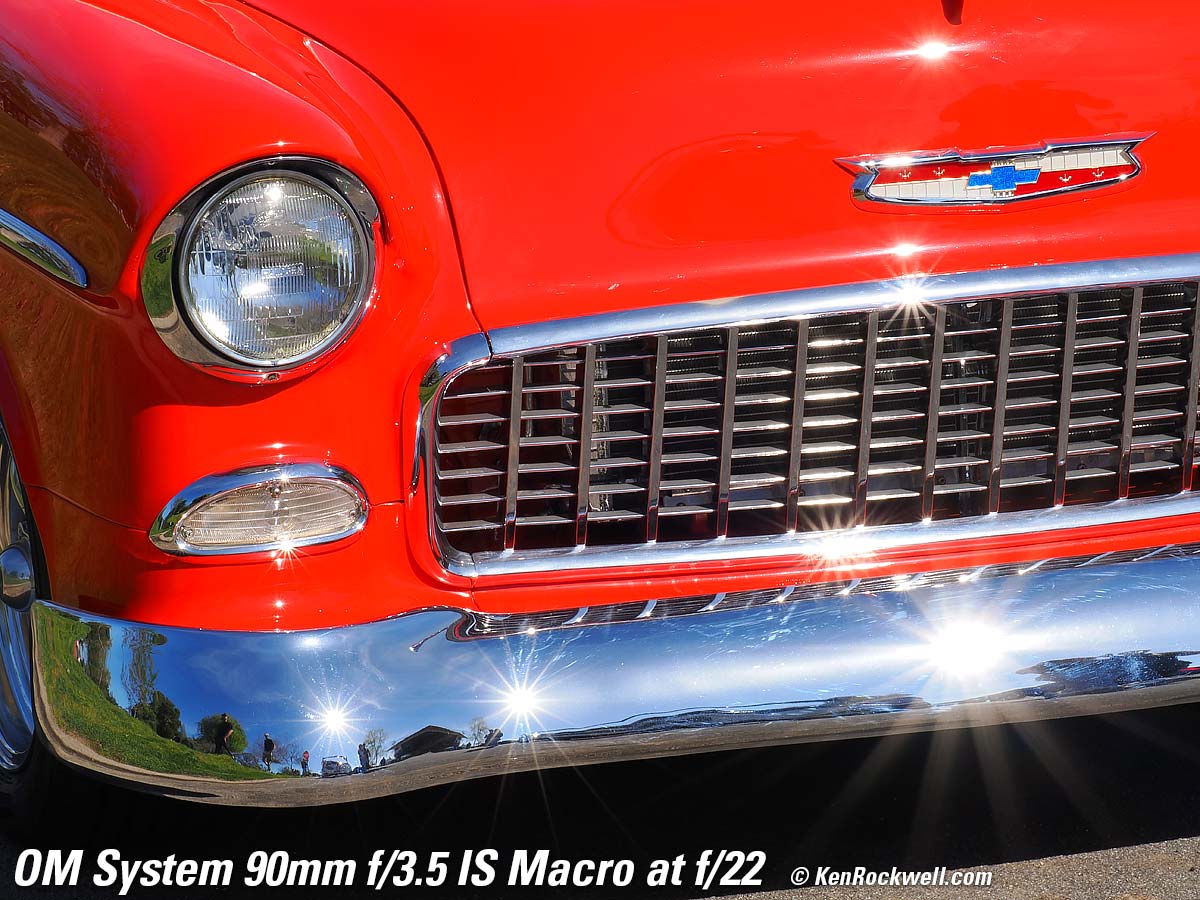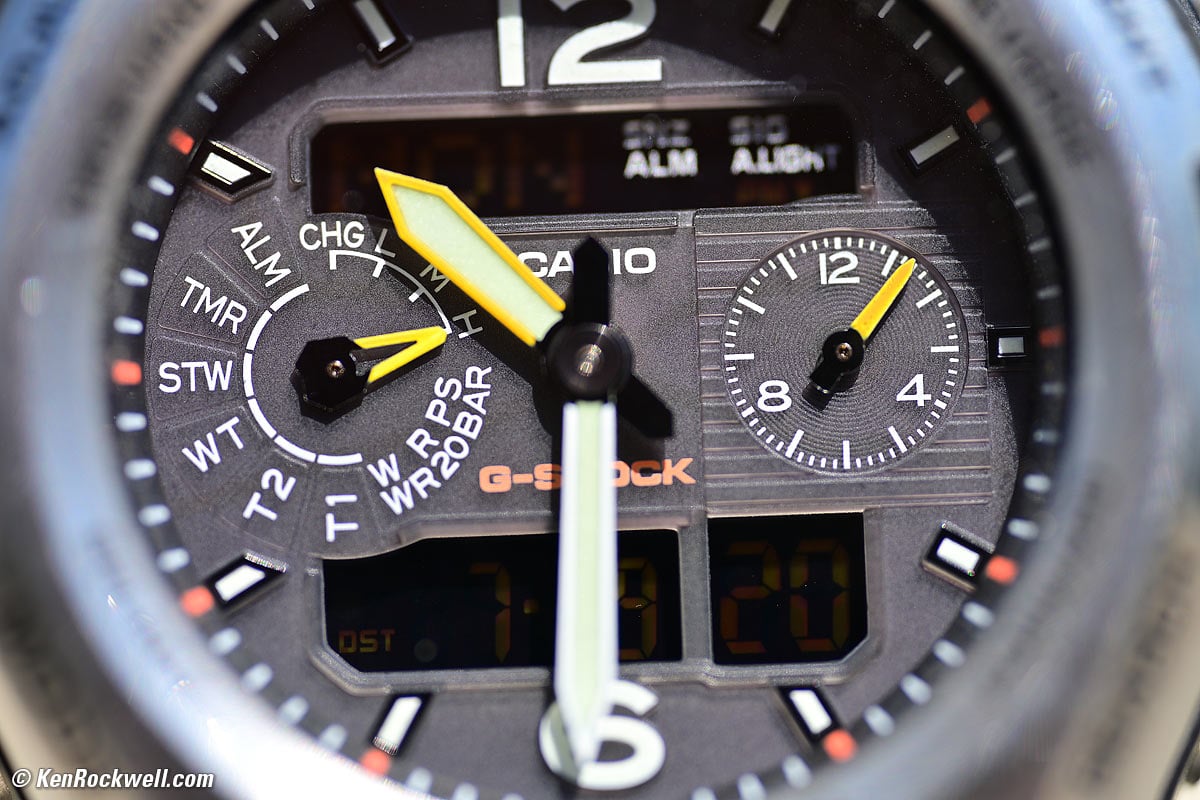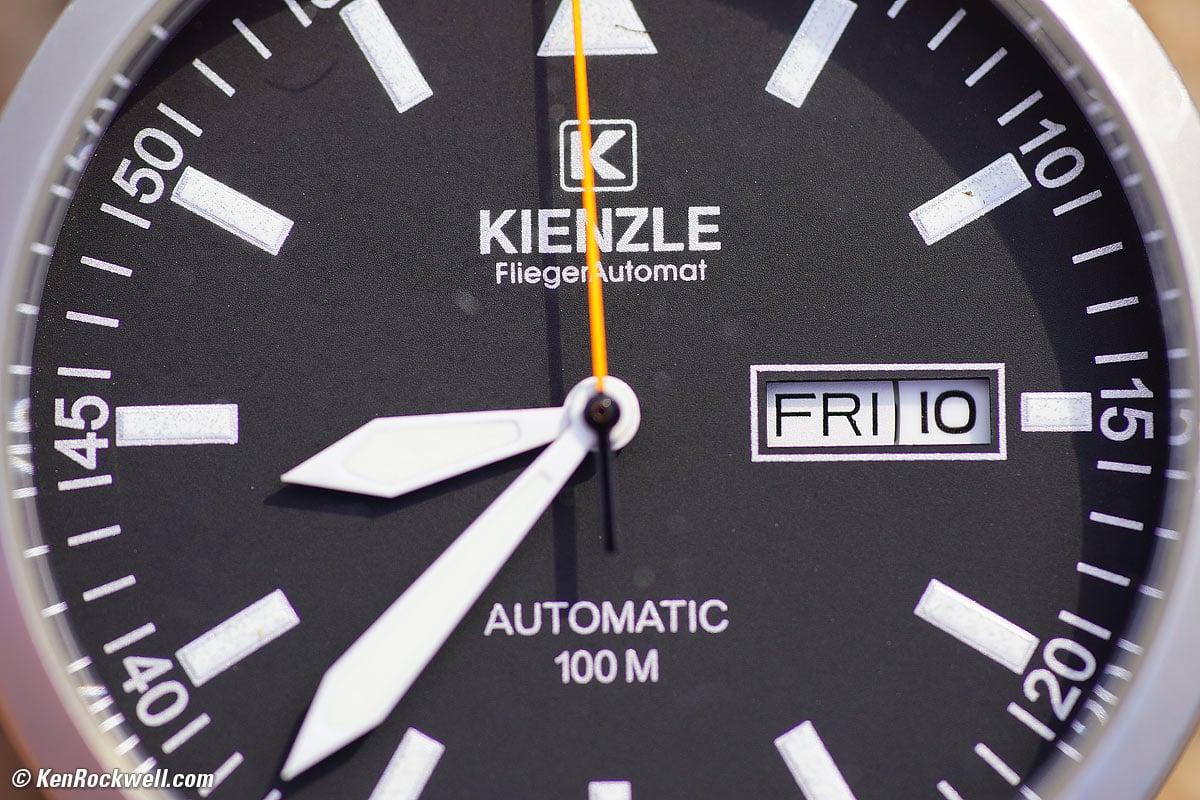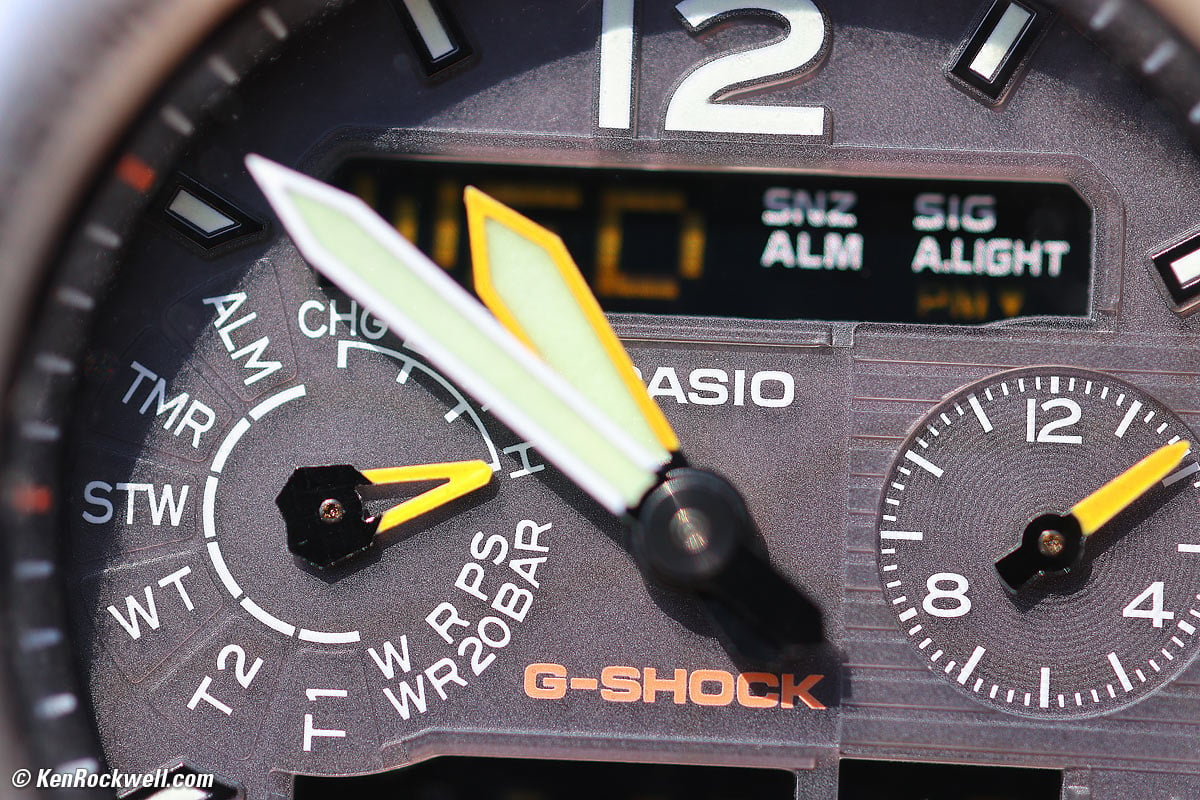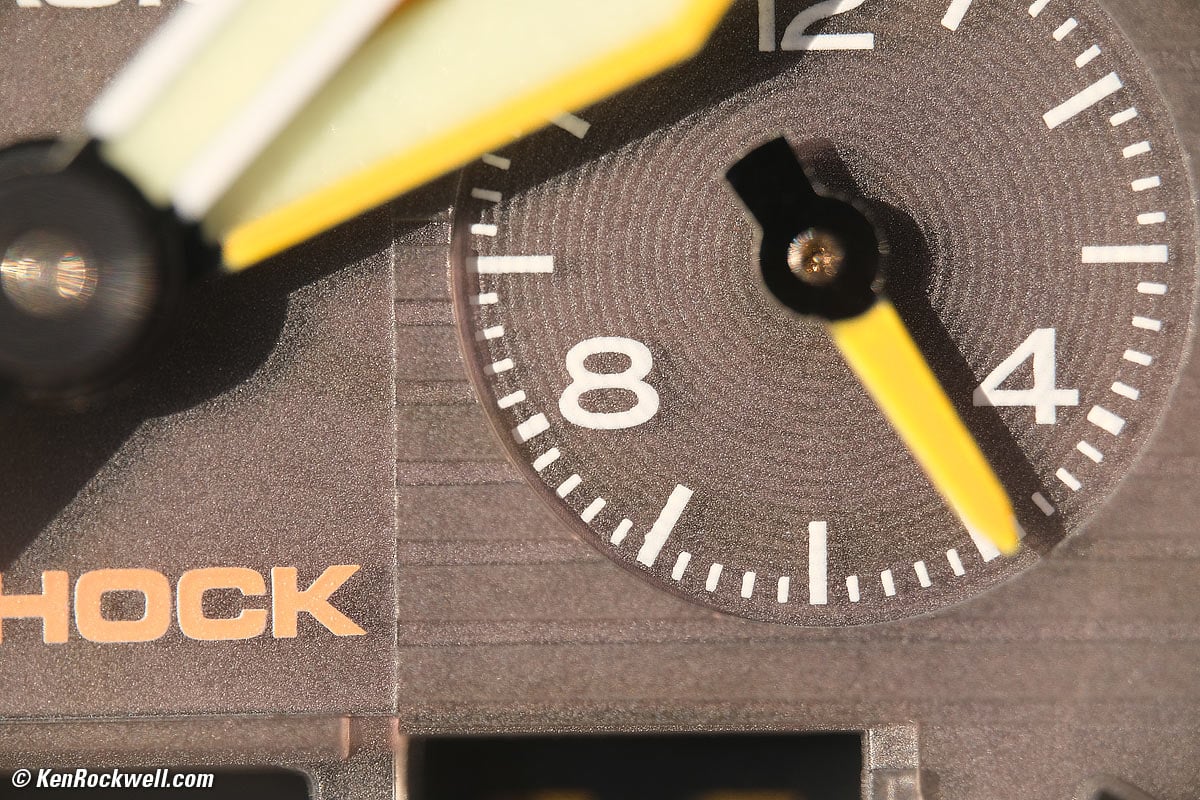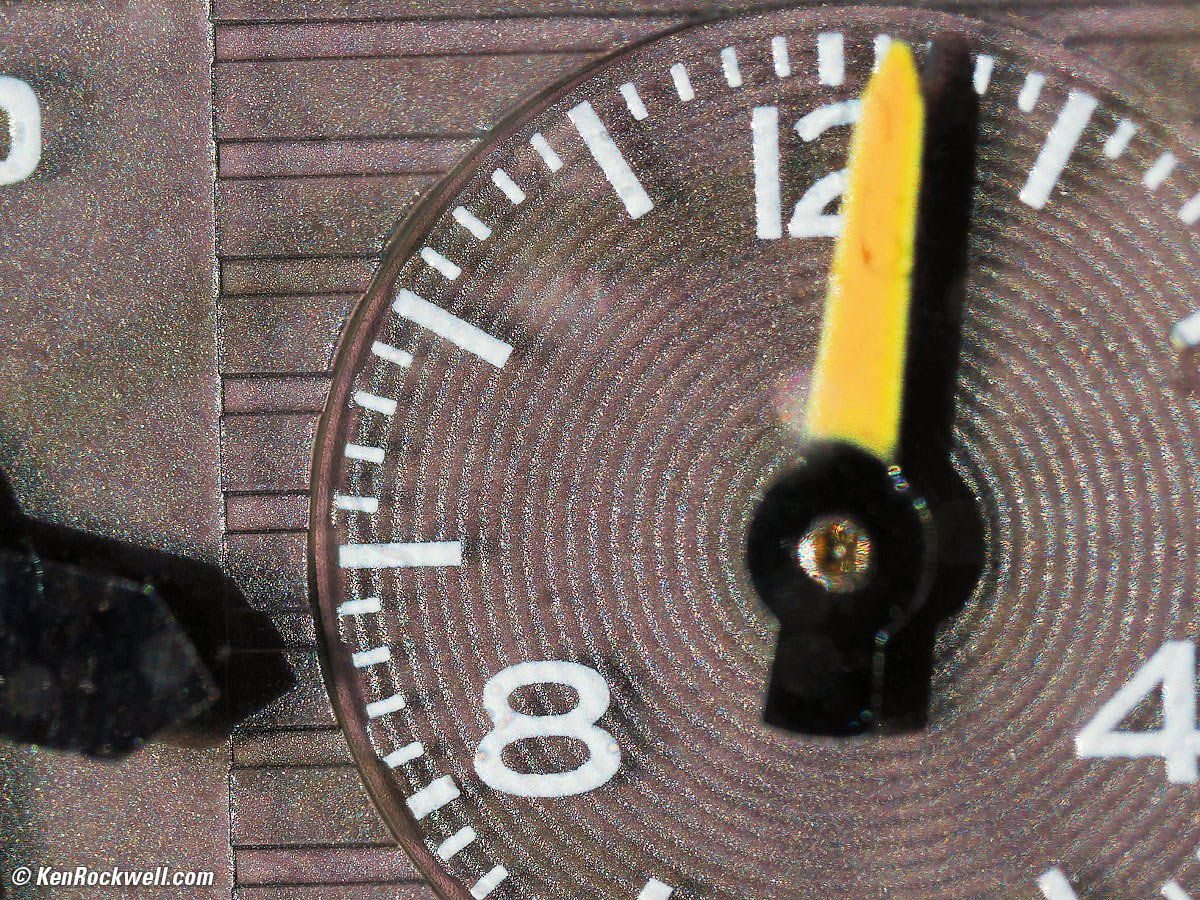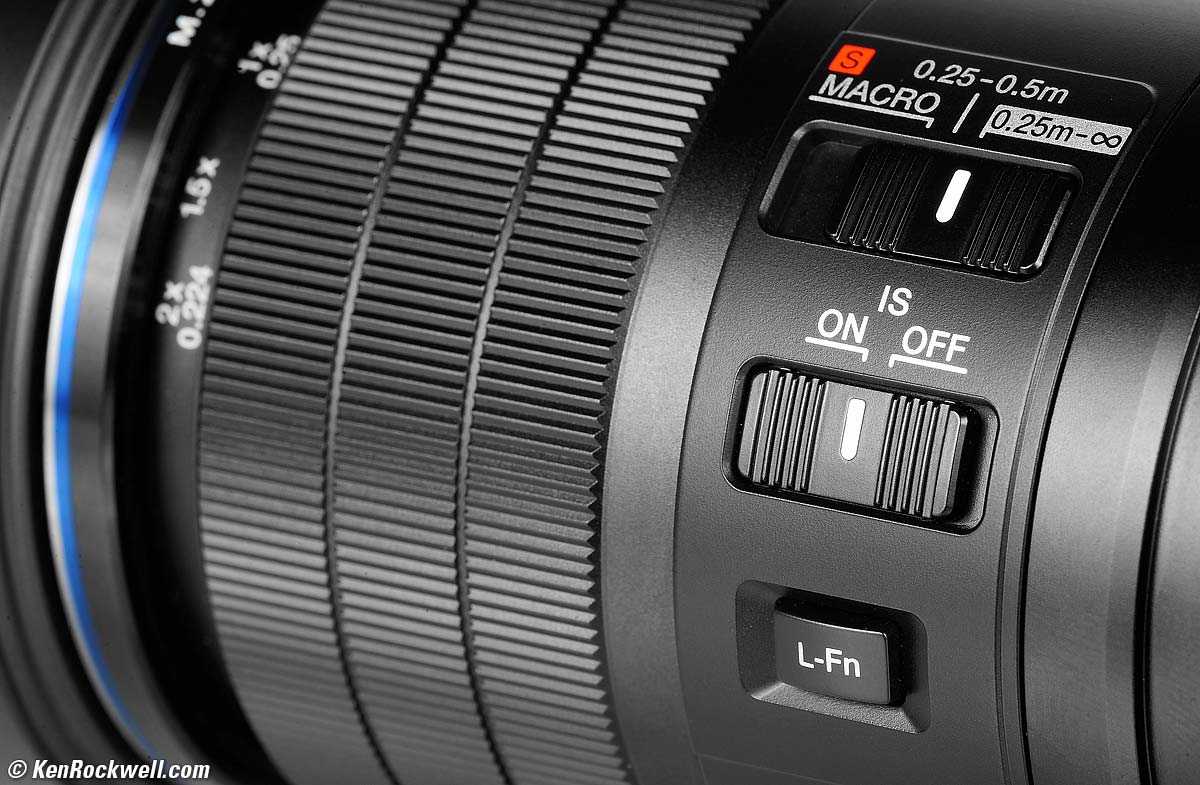OM SYSTEM M.Zuiko ED 90mm f/3.5 Macro IS PRO
2× Life Size (180mm 4× eq.), Today's Best Macro Lens
Sample Images Intro New Good Bad Missing
Specifications Accessories Performance
Compared User's Guide Recommendations
OM SYSTEM M.Zuiko ED 90mm f/3.5 Macro IS PRO (180mm full-frame equivalent., 62mm filters, 15.9 oz./451g, 0.735'/8.8"/224mm close focus, 2× (4× eq.) macro ratio, $1,499.99). bigger. I got mine through B&H. I'd also get it at Adorama or at Amazon, or used at eBay if you know How to Win at eBay.
This 100% all-content, junk-free website's biggest source of support is when you use those or any of these links to my personally approved sources I've used myself for way over 100 combined years when you get anything, regardless of the country in which you live — but I receive nothing for my efforts if you take the chance of getting it elsewhere. OM SYSTEM does not seal its boxes in any way, so never buy at retail or any other source not on my personally approved list since you'll have no way of knowing if you're missing accessories, getting a defective, damaged, returned, dropped, incomplete, gray-market, store demo or used lens — and my personally approved sources allow for 100% cash-back returns for at least 30 days if you don't love your new macro. I've used many of these sources since the 1970s because I can try it in my own hands and return it if I don't love it, and because they ship from secure remote warehouses where no one gets to touch your new macro lens before you do. Buy only from the approved sources I've used myself for decades for the best prices, service, return policies and selection.
June 2023 Better Pictures OM SYSTEM Canon Nikon Sony Fuji LEICA All Reviews
Why Fixed Lenses Take Better Pictures
Sample Images top
Sample Images Intro New Good Bad Missing
Specifications Accessories Performance
Compared User's Guide Recommendations
These are just snapshots; my real work is in my Gallery. More samples are throughout this review at Bokeh, Falloff, Spherochromatism and Sunstars.
Have you ever seen the individual pixels of an iPhone? Do you have any idea what shape they are? I don't; even with a loupe or my pocket microscope all they do is look like tiny dots.
This lens gets close enough to fill the image with just the battery icon at the top right, marked with a red box in my photo of the complete iPhone:
Guide image, iPhone 14 Pro Max. Red box shows the area photographed next. bigger. |
Complete image at close-focus distance. Red box shows area cropped below. bigger. |
Here's a 1,200 × 900 pixel crop as marked in red from the image above of the battery icon:
iPhone 14 Pro Max pixels, enlarged. 1,200 × 900 pixel (8.64×) crop from the above 80 MP OM SYSTEM OM-1 image! bigger
Wow, each color's OLEDs are a different shape, and there are twice as many green dots as red or blue. I never knew!
How close is this? I had to pull out my Nikon Alphaphot YS medical research microscope and set it to 400× to give me the same effective magnification as seen here in the cropped image — four hundred times!
Once I had my iPhone under the microscope, I realized that each color lies in a slightly different plane, which explains why I never could get them all in focus at the same time. My microscope has such a short working distance at this magnification that I almost wasn't able to use my microscope to see the pixels because they sit behind the iPhone's cover glass! It's easy with this OM SYSTEM lens.
While the optical image is "only" 2× life size at the sensor, the image of the battery icon covers only 8.7 x 6.5 millimeters. Therefore if the full image is:
3" (7.5cm) wide on your screen, you're seeing the complete battery icon image at 8.6× magnification.
6" (15cm) wide on your screen, you're seeing the complete battery icon image at 17.2× magnification.
12" (30cm) wide on your screen, you're seeing the complete battery icon image at 34.5× magnification.
That's for the first complete image of the battery icon.
The 1,200 × 900 pixel crop from the original 80 MP, 10,368 × 7,776 pixel image from my OM-1 covers only a subject area of 1,000 x 750 microns (1 x 0.75 mm), so if the colorful cropped image is:
3" (7.5cm) wide on your screen, you're seeing it at a 75× magnification.
6" (15cm) wide on your screen, you're seeing it at a 150× magnification.
12" (30cm) wide on your screen, you're seeing it at a 300× magnification. Actually it's about 14" wide on my monitor, a 355× magnification, which makes perfect sense why the 400× magnification of my microscope was the closest. Heck, for the first time ever I just justified microscope magnifications to myself!
While this may seem crazy, and it is, it's crucial to realize that this is with just one lens and autofocus; no accessories required: no extension tubes, no bellows, no close-up lenses, no nothing other than the camera and lens which also work great at infinity — something a microscope can't do.
While this lens gets to twice life-size at the sensor, your final images will have much higher magnifications wherever you see the images, even on your camera's rear screen.
I used a tripod to try to hold everything parallel to stay in focus here, but I first saw the iPhone pixel shapes shooting hand-held while sitting in a car in a Jack-in-the-Box drive through! This lens is this practical and easy to use, especially with stabilization. Just point and shoot and do your best to keep things parallel to the image plane.
Mondaine A132.30348.11SBB Swiss wristwatch as seen from 1.6 feet (20" or 0.5 meters away), 0.25× (0.5× full-frame equivalent) macro ratio, April 2023. Shot with OM SYSTEM OM-1 and OM SYSTEM M.Zuiko ED 90mm f/3.5 IS at f/13 hand-held in-studio at 1/250 flash sync at ISO L80. This is lit by my Novatron studio strobes which I triggered with the tiny OM SYSTEM FL-LM3 flash that came with the OM-1 set to manual 1/4 power and a Wein optical slave in my Novatron 500 Ws power pack (set to 250 Ws), perfectly clear. bigger.
Typical macro shots like this are trivial for this lens. You can shoot these all day hand-held with autofocus, although I used a tripod and manual focus to try to get as much as I could in focus. While this looks like a simple shot, there is no depth of field at macro distances so I had to work very hard to try to keep the watch parallel to the image sensor.
I can shoot easy things like this watch with just about any macro lens, but if you want to get closer, this is where this lens is the world's best.
Here's the same watch at a 2× macro ratio on Micro 4/3, which is the same apparent magnification as a 4× macro ratio on full-frame. This enlarges a subject just 8.7 x 6.5mm to fill the frame:
Complete Image (not cropped) of the same Mondaine A132.30348.11SBB Swiss wristwatch, this time at close-focus distance (2× macro ratio equivalent to 4× on a full-frame sensor), April 2023. Shot with OM SYSTEM OM-1 and OM SYSTEM M.Zuiko ED 90mm f/3.5 IS (180mm eq.) at f/10 hand-held in-studio at close-focus distance at 1/250 flash sync at ISO L80. This is lit by my Novatron studio strobes which I triggered with the tiny OM SYSTEM FL-LM3 flash that came with the OM-1 set to manual 1/4 power and a Wein optical slave in my Novatron 500 Ws power pack (set to 250 Ws), perfectly clear. 1,200 pixel version or full resolution 20 megapixel, 6 megabyte JPG file.
What makes this, and all shots this close difficult is the complete lack of depth of field, which are simply the laws of physics that apply to all lenses. It may look flat here, but in the full resolution image it's clear that the focus is at the bottom of the engraved valleys of the letters; the top plane surface is out of focus, and most of the cut-back curvy-scrolled area under the letters is likewise out of focus. Even if this was flat, it took a long time to get my watch as parallel as possible to the image sensor, and even then I'm far from perfect and thus lots of parts of this image simply aren't in focus. That's my fault, not the lens.
It's much easier at ordinary distances. Here's a clock face shot from several feet away:
Hamilton Lancaster Grandfather Clock Face, April 2023. Shot with OM SYSTEM OM-1 in 80 MP high-resolution scanning mode in available light with OM SYSTEM M.Zuiko ED 90mm f/3.5 IS at f/8 at 1/15 at ISO 200 (LV 8.9), perfectly clear. bigger or full resolution 80 MP, 16 MB JPG file.
Kudos to me, it looks like I got everything reasonably well lined-up so most of this is in focus. The OM-1's 80 MP high-resolution scanning mode works great for shots of things that hold still and also shows how insanely sharp is this lens corner to corner.
Another critical thing for macro work since we're often documenting things with straight lines is how there's no distortion. The clock case edges run right along the edges of the frame and it's perfect. I can't tell if it's being corrected in the OM-1 or if this lens is this good on its own, and in any case as you can see there's no need to correct for any.
This lens is insanely sharp, as we expect from macro lenses, even shot at 80 megapixels as I did here.
Here are 1,200 × 900 pixel crops from the above 10,368 × 7,776 pixel image:
Not a macro shot; this is a 1,200 × 900 pixel (6.5×) crop from the above image! bigger or full resolution 80 MP, 16 MB JPG file.
Not a macro shot; this is a different 1,200 × 900 pixel (6.5×) crop from the above image! bigger or full resolution 80 MP, 16 MB JPG file.
If these 1,200 × 900 pixel crops are only about 3" (7.5cm) wide on your screen, then the complete image printed at this same large magnification would be about 20 × 26" (1⅝ × 2⅙ feet or 50 × 66 cm).
If these 1,200 × 900 pixel crops are about 6" (15cm) wide on your screen, then the complete image printed at this same extreme magnification would be about 39 × 52" (3¼ × 4⅓ feet or 1 × 1.3m).
If these 1,200 × 900 pixel crops are about 12" (30cm) wide on your screen, then the complete image printed at this same insanely high magnification would be about 78 × 104" (6½ × 8⅔ feet or 2 × 2.6 meters).
Dirty Prancing Ferrari Horse, 0.1× (0.2× full-frame equivalent) macro ratio, 9:52 A.M., Saturday, 08 April 2023. Shot with OM SYSTEM OM-1 and OM SYSTEM M.Zuiko ED 90mm f/3.5 IS at f/6.3 hand-held at 1/500 at Auto ISO 200, -0.7 stops exposure compensation (LV 13.3), perfectly clear. bigger or full-resolution 20 MP, 6 MB file.
This close with a lens this sharp discovers all the dirt the detailer didn't.
Metallic Orange 1968 Camaro Hood, 10:05 A.M., Saturday, 08 April 2023. Shot with OM SYSTEM OM-1 and OM SYSTEM M.Zuiko ED 90mm f/3.5 IS at f/16 at 1/200 at Auto ISO 250 (LV 14.3), exactly as shot. bigger.
I stopped down to f/16 to try to get all the metallic flake in focus.
Nikon F2AS and AI NIKKOR 50mm f/1.4, Wednesday, 05 April 2023. Shot with OM SYSTEM OM-1 and OM SYSTEM M.Zuiko ED 90mm f/3.5 IS at f/11 hand-held in-studio at 1/250 flash sync at ISO L80. This is lit by my Novatron studio strobes which I triggered with the tiny OM SYSTEM FL-LM3 flash that came included with the OM-1 set to manual 1/4 power and a Wein optical slave in my Novatron 500 Ws power pack (set to 250 Ws). bigger or high resolution (shot in Medium Normal 3,200 × 2,400 JPG and then edited with Perfectly Clear and perspective correction in Photoshop CS6 (2012) .
This is why I wanted this lens: 1.) Its longer 180mm full-frame equivalent focal length gives a much more natural perspective for product shots rather than having to get way too close with shorter 50mm or 100mm (or equivalent) focal lengths, and 2.) Its shorter actual focal length lets me get deeper depth of field at the same aperture to try to keep things in focus at these close distances. I usually have to shoot at f/22 at ISO 200 with my full-frame 200mm macro lens to get similar results at 500 Ws. This lens also lets me save the life of my strobe tubes and power pack by using only the 250 Ws setting and being able to dial-down my ISO as well at a larger aperture, in this case f/11.
Of course it's superb for general telephoto product photography. For cars and people and just about anything, perspective looks much more natural from further away, shot with its 180mm equivalent:
BMW M850i Convertible, 5:05 PM, Thursday, 18 May 2023 (190.1" long, 39' turning radius, 155 MPH limited top speed, 4,643 lbs, 8.9 lbs/hp, 17/20/26 EPA MPG). Shot with OM SYSTEM OM-1 and OM SYSTEM M.Zuiko ED 90mm f/3.5 IS (180mm equivalent) at f/5.6 hand-held at 1/200 at Auto ISO 200 (LV 11.6), Perfectly Clear (now called Radiant Image). bigger or high-resolution.
BMW M850i Convertible, 5:05 PM, Thursday, 18 May 2023. Shot with OM SYSTEM OM-1 and OM SYSTEM M.Zuiko ED 90mm f/3.5 IS (180mm equivalent) at f/5.6 hand-held at 1/160 at Auto ISO 200, +0.3 stops exposure compensation (LV 11.3), Perfectly Clear (now called Radiant Image). bigger or high-resolution.
Introduction top
Sample Images Intro New Good Bad Missing
Specifications Accessories Performance
Compared User's Guide Recommendations
|
|
Don't confuse this OM SYSTEM M.Zuiko ED 90mm macro with an ordinary 90mm full-frame macro lens. The Micro 4/3 system of which this lens is a part has a 2× crop factor that makes this a 180mm full-frame equivalent big-boy macro to compete with the discontinued and heretofore never equalled Nikon AF-D 200mm f/4D and Canon EF 180mm f/3.5L macro lenses.
These longer effective focal lengths are critical for serious macro work so that:
1.) We don't have to be so close that we block our own light.
2.) We don't scare living things by being too close.
3.) Products and other three-dimensional objects are rendered with a normal, relaxed and natural perspective, not the forced perspective we get with 100mm equivalent lenses because we have to get too darn close for close-ups.
100mm-equivalent lenses are handy for use as general telephotos and cover you if you need the occasional super close-up, but all the serious bug and macro shooters I know as well as myself use 180mm or 200mm equivalent lenses for the same three reasons. With 100mm lenses you're always having to get too darn close, blocking your light, making products and subjects look weird, and annoying living subjects if you're shooting macro for a living every day. Especially if you're shooting ultra-close or shooting bugs or other living things, you need a macro lens this long.
This is the best serious macro lens made for mirrorless. There are no other serious dedicated mirrorless macro lenses today because while they're expensive, none of the Canon RF 100mm f/2.8L, Nikon Z 105mm f/2.8 VR or Sony 90mm f/2.8 have long enough effective focal lengths for serious all-day macro shooting, requiring us to get too close for large magnifications and too close for good perspective rendering of products. 100mm-equivalent lenses are good for headshots and general telephoto use, but not great for shooting macro all day or at high magnifications. Sure, I adapt my AF-D 200mm f/4D and EF 180mm f/3.5L to mirrorless, but they're only available used today, lack stabilization and the AF-D 200mm f/4D can't autofocus on Z cameras. Hopefully other makers will have longer macro lenses in the future, while this OM SYSTEM 180mm-equvalant is the best made today.
1993's Nikon AF-D 200mm f/4D and 1996's Canon EF 180mm f/3.5L were and still are the two industry standards for DSLRs. I used both in my studio for every product shot you see on this website until I got this lens, including of course the photos of this new OM SYSTEM lens.
Sadly neither Nikon nor Canon has yet re-introduced these for mirrorless. The EF 180mm f/3.5L works great on Canon's EF to RF adapters, however the AF-D 200mm f/4D becomes manual-focus only on Nikon's FTZ and FTZ II mirrorless adapters. The EF 180mm is a big, manly metal lens, and the AF-D 200mm f/4D is a crinkle-coated all metal beast that feels more like a piece of military optics — so I don't bother carrying either out in the field. This little OM SYSTEM lens fits in my jacket pocket.
Not only does its longer effective focal length have many advantages, this OM SYSTEM M.Zuiko ED 90mm (180mm full-frame equivalent) f/3.5 Macro IS outdoes the discontinued AF-D 200mm f/4D and EF 180mm because it's much smaller and lighter, focuses more than twice as close (effectively four times as close) and it's stabilized.
This OM SYSTEM 90/3.5 Macro autofocuses easily between infinity and macro distances all by itself, manual focus works great and it can make closer-looking images than any other practical lens ever made without added accessories. Since it gets so much bigger than life-size, I'd call this more of a Micro than Macro lens, but everyone uses these terms differently.
While Nikon makes quite a few 1× macro lenses, and so does Sony, they are for full -frame or APS-C. Canon makes a 1.4× macro, but again it's for full-frame or APS-C. Laowa makes a primitive manual-focus uncoupled 2× macro lens, but it's only for APS-C.
If you like to get close, nothing is as good as this 4×, 180mm full-frame equivalent OM SYSTEM macro. While optically it's 2×, the highest magnification autofocus lens ever made, when you realize it's for Micro 4/3 with its 2× crop factor, this is a 4× full-frame equivalent, which no other current lens can beat. The only thing that comes close is the very specialized Canon EF 65mm f/2.8 1~5× Macro MP-E, however this is a 1990s Canon lens which is still sold today and can't focus to infinity, has no stabilization and is manual-focus only, extending foolishly long as focused more closely and its short focal length leads to ugly perspective rendering.
The OM SYSTEM macro rig weighs less than half of what my similar Nikon or Canon rigs weigh. More at Compared.
OM SYSTEM is the camera brand formerly known as Olympus.
I got the OM SYSTEM M.Zuiko ED 90mm f/3.5 Macro IS PRO through B&H. I'd also get it at Adorama or at Amazon, or used at eBay if you know How to Win at eBay.
New intro top
 World's first autofocus 2:1 (2× life-size at the image sensor) macro lens that can focus to infinity for general photography. Since it's for Micro 4/3, the 2× crop factor makes this equivalent to a 4× macro ratio!
World's first autofocus 2:1 (2× life-size at the image sensor) macro lens that can focus to infinity for general photography. Since it's for Micro 4/3, the 2× crop factor makes this equivalent to a 4× macro ratio!
Good intro top
 Ultrasharp.
Ultrasharp.
 Ultraclose focusing.
Ultraclose focusing.
 No visible distortion.
No visible distortion.
 Fast autofocus easily works to and from macro distances without getting stuck (at least on the OM-1).
Fast autofocus easily works to and from macro distances without getting stuck (at least on the OM-1).
 It has a brilliantly simple AF/MF switch: Push-pull the focus ring to swap between auto and manual focus. We never have to take our hands off the ring to swap modes.
It has a brilliantly simple AF/MF switch: Push-pull the focus ring to swap between auto and manual focus. We never have to take our hands off the ring to swap modes.
 Manual focus is superb.
Manual focus is superb.
 Image Stabilization rated 7 stops on a stabilized camera, 6 stops on an unstabilized camera. It actually gives 5½ stops of real-world improvement, which is spectacular!
Image Stabilization rated 7 stops on a stabilized camera, 6 stops on an unstabilized camera. It actually gives 5½ stops of real-world improvement, which is spectacular!
 Stabilizer switch.
Stabilizer switch.
 Basic focus and macro ratio scales.
Basic focus and macro ratio scales.
 Real raised red mounting index dot means we can mount this lens without having to look at it.
Real raised red mounting index dot means we can mount this lens without having to look at it.
 Focus stacking with cameras like the OM-1.
Focus stacking with cameras like the OM-1.
 Dust & splashproof per IP53.
Dust & splashproof per IP53.
 Hood and cloth sack included.
Hood and cloth sack included.
 Claimed IP53 dirt and splash resistant:
Claimed IP53 dirt and splash resistant:
OM SYSTEM M.Zuiko ED 90mm f/3.5 IS Macro internal gaskets. bigger.
Bad intro top
 Auto exposure, TTL flash and everything at normal shooting distances is flawless, however with manual exposure at macro distances its non-compensating diaphragm will require different manual exposure settings at different macro distances. Every Canon macro lens and Sony macro lens is the same way; only Nikon macro lenses have compensating diaphragms to compensate automatically in manual exposure.
Auto exposure, TTL flash and everything at normal shooting distances is flawless, however with manual exposure at macro distances its non-compensating diaphragm will require different manual exposure settings at different macro distances. Every Canon macro lens and Sony macro lens is the same way; only Nikon macro lenses have compensating diaphragms to compensate automatically in manual exposure.
 Production offshored to Vietnam, not made domestically in Japan.
Production offshored to Vietnam, not made domestically in Japan.
 Plastic filter threads.
Plastic filter threads.
Missing intro top
 Focus and Repro ratio scale is abbreviated, only showing 0.25×, 0.5×, 1×, 1.5× and 2× ratios and just a few distances.
Focus and Repro ratio scale is abbreviated, only showing 0.25×, 0.5×, 1×, 1.5× and 2× ratios and just a few distances.
 Repro ratio scale isn't colored so it's hard to differentiate from the meters focus scale. It's also hidden in a deep channel so it's often in shadow and hard or impossible to see.
Repro ratio scale isn't colored so it's hard to differentiate from the meters focus scale. It's also hidden in a deep channel so it's often in shadow and hard or impossible to see.
 Only stops down to f/22, but that's all we want on Micro 4/3. Larger formats have less depth of field and diffraction is less visible so we need and can use f/32, but we don't want to stop down beyond f/22 on Micro 4/3.
Only stops down to f/22, but that's all we want on Micro 4/3. Larger formats have less depth of field and diffraction is less visible so we need and can use f/32, but we don't want to stop down beyond f/22 on Micro 4/3.
 Nothing else; I don't use or miss the leather cases of olden days.
Nothing else; I don't use or miss the leather cases of olden days.
Specifications top
Sample Images Intro New Good Bad Missing
Specifications Accessories Performance
Compared User's Guide Recommendations
I got the OM SYSTEM M.Zuiko ED 90mm f/3.5 Macro IS PRO through B&H. I'd also get it at Adorama or at Amazon, or used at eBay if you know How to Win at eBay.
Camera Compatibility specifications top
Works with all OM SYSTEM and other Micro 4/3 mirrorless cameras like Panasonic Lumix G cameras.
Flange focal distance: 19.25mm.
Does not work with older non-Micro 4/3 DSLRs; works only on modern Micro 4/3 mirrorless.
Name specifications top
OM SYSTEM M.Zuiko ED 90mm F3.5 Macro IS PRO:
OM SYSTEM: The company formerly known as Olympus ("O") and Maitani ("M"). Yoshihisa Maitani (1933-2009) is Olympus' Oskar Barnack. While Barnack was simply an engineer who designed the frightfully expensive LEICA IIIf that impressed Maitani as a student, Maitani was a full-blown designer who was far more innovative and productive over more decades than Barnack ever was.
M.: Micro 4/3 (mirrorless) system. The previous non-M (non-micro) Zuiko 4/3 system lenses were for earlier DSLRs with the same sized sensors. In this case Micro means mirrorless, not Macro as it does in the Nikon system.
Zuiko: Olympus' and OM SYSTEM's brand name for almost all their lenses since 1936.
ED: Magic Extra-low Dispersion glass for reduced secondary chromatic aberration.
Macro: Very close-focussing.
IS: Image Stabilization.
PRO: OM SYSTEM's best grade of lens, typically with dust and splash sealing and a focus clutch that lets us select or auto or manual focus by sliding the ring forwards or back.
OM SYSTEM's model number: V335150BW000.
Optics specifications top
OM SYSTEM M.Zuiko ED 90mm f/3.5 Macro IS Internal Optical Construction. ED, Super-High Refractive Index, Super ED and High Refractive Index elements. bigger.
18 elements in 13 groups.
4 ED elements: magic Extra-low Dispersion glass for reduced axial secondary chromatic aberration.
2 Super ED elements, which are even better than ED elements.
1 High Refractive Index element and 1 Super-High Refractive Index element to help make the lens smaller.
Floating inner focus system.
Fluorine front coating to resist crud.
Excellent ZERO (Zuiko Extra-low Reflection Optical) multicoating.
Diaphragm specifications top
OM SYSTEM M.Zuiko ED 90mm f/3.5 Macro IS PRO at f/3.5. bigger.
7 rounded blades.
Electronically actuated.
 It has a non-compensating diaphragm, meaning that the actual aperture becomes smaller as focused more closely, even though the indicated f/number remains the same. This is a non-issue with any auto exposure or TTL flash; it only matters to me shooting close under manual studio strobes, where exposures at the closest distances can be 2/3 of a stop less than at far distances — but you'll only see this with manual exposure.
It has a non-compensating diaphragm, meaning that the actual aperture becomes smaller as focused more closely, even though the indicated f/number remains the same. This is a non-issue with any auto exposure or TTL flash; it only matters to me shooting close under manual studio strobes, where exposures at the closest distances can be 2/3 of a stop less than at far distances — but you'll only see this with manual exposure.
Nikon does this correctly in their macro lenses and Canon does not. It's expensive for Nikon to do this properly because it means that you can't set f/2.8 on an f/2.8 lens except at far distances and many people see that they only can set a Nikon f/2.8 macro to f/5 at very close distances, and return it as defective because they misunderstand how this works. Sadly with Canon or this lens I have to change my aperture setting by one or two thirds of a stop as I change distances shooting with my manual strobes in my studio.
It stops down to f/22 (indicated) at all distances, which is more like T32 at the closest distances.
Filters specifications top
Plastic 62mm filter thread.
Coverage specifications top
Micro 4/3: 17.4 x 13mm (21.72mm diagonal).
Focal Length specifications top
90mm.
On Micro 4/3 cameras it sees the same angle of view as a 180 mm lens sees when used on a full-frame or 35mm camera.
See also Crop Factor.
Angle of View specifications top
14º diagonal.
Focus specifications top
No external movement as focussed, so no air or dust is sucked in.
Focus Scale specifications top
Yes, in manual focus mode.
Infinity Focus Stop specifications top
No.
You have to focus somehow to get precise focus at infinity, just like at every other distance.
Better cameras like the OM-1 offer "Starry Sky AF" modes which allow focussing directly on stars at night.
Depth of Field Scale specifications top
No.
Infrared Focus Index specifications top
No.
Close Focus (distance from subject to image plane) specifications top
0.735 feet or 8.8 inches or 224mm from the image plane.
0.784 feet or 9.1 inches or 239mm with MC-14 1.4× teleconverter.
0.820 feet or 9.8 inches or 250mm with MC-20 2× teleconverter.
Maximum Reproduction Ratio specifications top
2× or twice life-size at the sensor, which is equivalent to 4× life-size on full-frame.
2.8× (5.7× eq.) with MC-14 1.4× teleconverter.
4× (8× eq.) with MC-20 2× teleconverter.
Minimum Subject Field specifications top
8.7 x 6.5 millimeters.
6.1 x 4.6 millimeters with MC-14 1.4× teleconverter.
4.3 × 3.3 millimeters with MC-20 2× teleconverter.
Reproduction Ratio Scale specifications top
Yes, but very basic, in manual focus.
Working Distances (distance from subject to front of lens at close-focus distance) specifications top
0.213 feet or 2.56 inches or 65mm from the front of the lens, actual measured working distance (not including my filter). Working distance is the same with or without an MC-14 or MC-20 teleconverter:
OM SYSTEM M.Zuiko ED 90mm f/3.5 Macro Working Distance (clearance at closest focus) in Studio at 2× (measurements exclude filter). bigger.
The hood uses an extra 39mm of our precious working distance, so forget it at close distances, as it leaves us only:
0.085 feet or 1.02 inches or 26mm from the front of the LH-66E hood, actual measured distance:
OM SYSTEM M.Zuiko ED 90mm f/3.5 Macro Working Distance with LH-66E hood in Studio at 2×. bigger.
OM SYSTEM M.Zuiko ED 90mm f/3.5 Macro Working Distance with LH-66E hood in the Field at 2×. bigger.
We skip the hood this close because it's nearly impossible to light our subject when we use it.
Image Stabilizer specifications top
Rated 7 stops improvement on a stabilized body, 6 stops on an unstabilized body.
Voice-coil motors.
Actually gives 5½ stops of real-world improvement!
Caps specifications top
LC-62G Front Cap and LR-2 Rear Cap included.
Hood specifications top
Included LH-66E Plastic Hood for OM SYSTEM M.Zuiko ED 90mm f/3.5 Macro IS PRO. bigger.
Extends 39mm (1.54 inches or 0.128 feet) past the front of the lens when bayonet mounted.
Case specifications top
Just a silly cloth sack is included. I'd forget about it; a tube sock is faster and has much better padding.
Teleconverters specifications top
Also works with MC-14 and MC-20 teleconverters:
With MC-14 (1.4×):
125mm (250mm eq.) f/5.
2.8× (5.7× eq.) maximum macro ratio.
239mm close focus distance (from sensor).
6.1 x 4.6 millimeters minimum field.
With MC-20 (2×):
180mm (360mm eq.) f/7.
4× (8× eq.) maximum macro ratio.
250mm close focus distance (from sensor).
4.3 × 3.3 millimeters minimum field.
Tripod Collar specifications top
This lens is so light that no collar is needed, which is why OM SYSTEM doesn't bother to import it into the USA and suggests this one if you really insist.
Size specifications top
2.75" ø maximum diameter × 5.35" extension from flange.
69.8 mm ø maximum diameter × 136 mm extension from flange.
Doesn't change as focused.
Weight specifications top
15.920 oz. (451.4 g) actual measured weight.
Lens rated 16.0 oz. (453 g).
26.11 oz. (1.635 lb or 742 g) as shipped.
Quality specifications top
Made in Vietnam.
Environment specifications top
Rated to work down to -10º C (14º F).
Announced specifications top
February 8, 2023.
Promised for & Available Since specifications top
March 2023.
Included specifications top
Lens.
LH-66E plastic bayonet locking hood.
CS-53 Cloth Sack ("Wrapping Cloth").
Printed perfect-bound manual in a zillion languages.
Multifolded, multiregion warranty sheet with matching serial number sticker.
Packaging specifications top
Uncoated corrugated cardboard box:
OM SYSTEM M.Zuiko ED 90mm f/3.5 Macro IS PRO. bigger.
Inside the box the lens is wrapped in foam (with a matching serial number sticker), and supported between two polypropylene formers top and bottom.
The box measures 7.7 × 5.7 × 4.5 inches.
Model Number specifications top
V335150BW000.
Price, U. S. A. specifications top
April 2023
$1,499.99 at B&H, at Adorama and at Amazon.
Optional Accessories top
Sample Images Intro New Good Bad Missing
Specifications Accessories Performance
Compared User's Guide Recommendations
I got the OM SYSTEM M.Zuiko ED 90mm f/3.5 Macro IS PRO through B&H. I'd also get it at Adorama or at Amazon, or used at eBay if you know How to Win at eBay.
MC-14 1.4× Teleconverter
MC-20 2× Teleconverter
STF-8 Twin Macro Flash
This mounts on the filter ring. It has two movable flash heads and one power pack that slides into the hotshoe.
It's splash and dust proof, and freeze proof down to 14º F(-10° C).
Tripod Collar
This lens is so light that no collar is needed, which is why OM SYSTEM doesn't bother to import it into the USA and suggests this one if you really insist.
RF-ZD62 PRO Protection Filter
Any 62mm filter works great, and this one is made by OM SYSTEM if you insist. See more suggestions at Recommendations.
Performance top
Sample Images Intro New Good Bad Missing
Specifications Accessories Performance
Compared User's Guide Recommendations
Overall Autofocus Manual Focus Breathing Bokeh
Distortion Ergonomics Falloff Filters Hood
Lateral Color Fringes Lens Corrections Macro
Maximum & Minimum Apertures Mechanics
Sharpness Spherochromatism Stabilization
I got the OM SYSTEM M.Zuiko ED 90mm f/3.5 Macro IS PRO through B&H. I'd also get it at Adorama or at Amazon, or used at eBay if you know How to Win at eBay.
Overall performance top
 Obviously its optics are superb as we expect in every macro lens.
Obviously its optics are superb as we expect in every macro lens.
 This lens stands out for its world's greatest 2:1 (2× lifesize) repro ratio in an autofocus lens, exceptional freedom from Distortion, great Ergonomics, no visible Falloff and marvelous Stabilization.
This lens stands out for its world's greatest 2:1 (2× lifesize) repro ratio in an autofocus lens, exceptional freedom from Distortion, great Ergonomics, no visible Falloff and marvelous Stabilization.
Autofocus performance top
 Autofocus is superb in that it autofocuses extremely well between infinity and macro distances. Many other macro AF systems get stuck and need manual help to getting from one end to other.
Autofocus is superb in that it autofocuses extremely well between infinity and macro distances. Many other macro AF systems get stuck and need manual help to getting from one end to other.
Manual Focus performance top
Manual focusing is entirely electronic; the manual focus ring isn't connected to anything other than a digital encoder.
 Manual focus is superb. Just pull the focus ring towards you and go.
Manual focus is superb. Just pull the focus ring towards you and go.
 The push-pull focus ring switch is the best AF/MF switch I've ever used, same as the one in the Sony FE 90mm f/2.8G OSS.
The push-pull focus ring switch is the best AF/MF switch I've ever used, same as the one in the Sony FE 90mm f/2.8G OSS.
It's a pain to take our fingers off a lens, especially in a cramped macro setting, to reach for a switch on the camera or lens with other systems, while with this OM SYSTEM lens all I do is pull the ring without my fingers ever leaving the focus ring. Bravo!
Tokina has had a system like this for years, but it's clumsier moving the ring back and forth as mechanics engage and disengage. This OM SYSTEM lens' electronic system is much smoother; it always just snaps back and forth. Bravo!
The stepper motor system has finite precision. At close macro distances with focus peaking you'll see that it moves in very fine steps rather than continuously. It's precise enough for me.
Focus Breathing performance top
Focus breathing is the image changing size as focused in and out. It's important to cinematographers that the image not breathe because it looks funny if the image changes size as focus gets pulled back and forth between actors. If the lens does this, the image "breathes" by growing and contracting slightly as the dialog goes back and forth.
The image from this lens grows as focused more closely, which is good because suggests that the effective focal length isn't shortening at closer distances where we need it most. A common optical trick used in telephoto zooms is to shorten the focal length at closer distances, which we don't want here.
Bokeh performance top
Bokeh, the feel, character or quality of out-of-focus areas as opposed to how far out of focus they are, is neutral at f/3.5 and gets worse as stopped down, where it doesn't matter as much.
Here are photos from headshot distance wide-open. I'm focused on the DAVIS logo. Click any for its © camera-original file:
Made-in-U. S. A. Davis 6250 weather station, Wednesday, 05 April 2023. OM SYSTEM OM-1 at 1/3,200, 1/1,250, 1/320 and 1/200 at Auto ISO 200, 200, 200 and 500 (LV 14¼), Perfectly Clear. Click any for its camera-original © file.
Here's a practical shot of a small elephant (10" or 26 cm from table to top of trunk) six feet (2 meters) away I shot while lying down on my sofa:
Detail, Elephant Sculpture from six feet (two meters) away, 4:45 P.M., Wednesday, 05 April 2023. OM SYSTEM OM-1, OM SYSTEM M.Zuiko ED 90mm f/3.5 Macro wide-open at f/3.5 hand held at 1/200 at Auto ISO 640 (LV 8.6), Perfectly Clear. bigger or camera-original © file.
As always, if you want to throw the background as far out of focus as possible, shoot at f/3.5 and get as close as possible.
Distortion performance top
 As shot on the OM SYSTEM OM-1 as JPG which may be correcting it, there is no visible distortion at any distance from infinity down to 2×. This is important for macro shots which are often technical, and would otherwise require manual correction for minor lens distortion.
As shot on the OM SYSTEM OM-1 as JPG which may be correcting it, there is no visible distortion at any distance from infinity down to 2×. This is important for macro shots which are often technical, and would otherwise require manual correction for minor lens distortion.
If you shoot raw data rather than JPG images, whatever software you use to create visible images from raw data may or may not correct the distortion as is most likely done in-camera. You're on your own there; I don't bother with raw data.
For more critical scientific use, use a correction factor of +0.5 in Photoshop's lens correction filter to JPG images shot at 10 meters (30 feet). I couldn't see any other distortion at other distances.
Ergonomics performance top
OM SYSTEM M.Zuiko ED 90mm f/3.5 Macro IS PRO. bigger. |
OM SYSTEM M.Zuiko ED 90mm f/3.5 Macro IS PRO. bigger. |
 This lens has marvelous ergonomics. Especially for a macro lens, which are often pains to use, this OM SYSTEM lens is a dream because it has all the controls it should, they're all in the right place and:
This lens has marvelous ergonomics. Especially for a macro lens, which are often pains to use, this OM SYSTEM lens is a dream because it has all the controls it should, they're all in the right place and:
 It needs no AF/MF switch; just slide the focus ring towards you for manual focus. Roll your mouse over the image to pull the focus ring back to the manual-focus position:
It needs no AF/MF switch; just slide the focus ring towards you for manual focus. Roll your mouse over the image to pull the focus ring back to the manual-focus position:
Roll your mouse over to pull the focus ring back to the manual-focus position! bigger.
If you don't have a mouse, here's what happens when you click-back the focus ring:
OM SYSTEM M.Zuiko ED 90mm f/3.5 Macro IS PRO. bigger.
 Push-pull focus ring lets us swap between auto and manual focus with just a click. We never have to take our hands off the lens or our eyes off the subject. This is far more helpful than you realize, especially when shooting macro where we're often swapping between auto and manual focus.
Push-pull focus ring lets us swap between auto and manual focus with just a click. We never have to take our hands off the lens or our eyes off the subject. This is far more helpful than you realize, especially when shooting macro where we're often swapping between auto and manual focus.
 It has a real raised red mounting index dot like LEICA, Canon EF and Minolta ROKKOR-X, which means we can mount this lens without having to look at it.
It has a real raised red mounting index dot like LEICA, Canon EF and Minolta ROKKOR-X, which means we can mount this lens without having to look at it.
 The three focus range settings overlap, so you don't have to move the switch often. The middle position isn't that useful, and the way it's designed we usually wind up skipping right over it, swapping between the two outer positions. More at my User's Guide.
The three focus range settings overlap, so you don't have to move the switch often. The middle position isn't that useful, and the way it's designed we usually wind up skipping right over it, swapping between the two outer positions. More at my User's Guide.
Falloff performance top
 Falloff isn't a problem at any setting.
Falloff isn't a problem at any setting.
I've greatly exaggerated the falloff by shooting a gray field and placing these on a gray background; it will not look this bad in actual photos of real things:
Falloff, shading correction set to ON. (OM-1 MENU > CAMERA 1 > page 1 > Shading Comp. > ON.)
© 2023 KenRockwell.com. All rights reserved. |
If you leave Shading Correction at its default of OFF, even then it's not visible in normal photos and only becomes visible in this gray-on-gray torture test and only then at its maximum aperture:
Falloff, shading correction left at its default of OFF. (OM-1 MENU > CAMERA 1 > page 1 > Shading Comp. > OFF.)
© 2023 KenRockwell.com. All rights reserved. |
Filters, use with performance top
 There's no need for thin filters.
There's no need for thin filters.
Its 62mm thread is vasty oversized for the optical needs of this lens. OM SYSTEM used 62mm because it looks the same as the diameter of the barrel.
The optics are so small that even a stack of 39mm filters will work great if you try them on an adapter as I did.
I tried a stack of a dozen standard 62mm filters and polarizers with no vignetting at any setting.
Go ahead and use your standard rotating polarizer and grad filters.
Hood specifications top
The hood is unusually well ribbed on the inside so that very little light reflects from it into the lens, but sadly the hood isn't deep enough to make much difference on a lens this long.
I suspect OM SYSTEM kept it short so you wouldn't have to take it off at close distances.
How short is it? It works without vignetting on the OM SYSTEM 12-40mm f/2.8 II at 18mm (36mm eq.) and longer!
Lateral Color Fringes performance top
 I see no lateral color fringes as shot on the OM-1, which is excellent.
I see no lateral color fringes as shot on the OM-1, which is excellent.
Lens Corrections performance top
I only see an option for Shading (falloff) correction in the OM-1.
Otherwise I suspect the OM-1 is correcting for other things, just that we don't have the optioned to turn them off.
Macro Performance performance top
I've covered this in detail at my Sample Images and throughout this review. Macro performance is spectacular, both optically and ergonomically.
Macro performance is spectacular, both optically and ergonomically.
Maximum & Minimum Apertures performance top
Focus Limiter |
Maximum Aperture, indicated |
Minimum Aperture, indicated |
| S MACRO | f/5 |
f/22 |
| 0.25-0.5m | f/3.5 |
f/22 |
| 0.25m-∞ | f/3.5 |
f/22 |
S MACRO only allows the diaphragm to open to f/5 to control aberration at extreme magnification; it's not attempting to compensate for manual exposure correction. Therefore if you really need f/3.5 around 1×, be sure to use either other mode.
Mechanical Quality performance top
OM SYSTEM M.Zuiko ED 90mm f/3.5 Macro IS PRO. bigger.
This is a half-plastic, half metal consumer-grade lens, but hey, it's supposed to be light and portable.
Finish
Black plastic and black and blue anodized aluminum.
Hood
Plastic bayonet.
Front Bumper
None.
Filter Threads
Plastic.
Hood Bayonet Mount
Plastic.
Identity Ring
Laser-engraved metal.
Focus Scale
Printed plastic.
Focus Ring
Anodized aluminum.
Mid Barrel Exterior
Section with slide switches: plastic.
Slide Switches & L-Fn Button
Plastic.
Rear Barrel Exterior
Black and blue anodized aluminum.
Tripod Collar
Optional and not required.
Internals
Seem like a decent combination of metal and plastic.
Dust Gasket at Mount
Yes.
Mount
Chromed metal.
Markings
Paint and laser engraving.
Serial Number
Laser-engraved in silver white on the bottom of the barrel near the mount.
Date Code
None found.
Noises When Shaken
Rattling, presumably from uncaged focus or IS groups.
Made in
Made in Vietnam.
Sharpness performance top
Lens sharpness has nothing to do with picture sharpness; every lens made in the past 100 years is more than sharp enough to make super-sharp pictures if you know what you're doing. The only limitation to picture sharpness is your skill as a photographer. It's the least talented who spend the most time worrying about lens sharpness and blame crummy pictures on their equipment rather than themselves. Skilled photographers make great images with whatever camera is in their hands; I've made some of my best images of all time with an irreparably broken camera! Most pixels are thrown away before you see them, but camera makers don't want you to know that.
If you're not getting ultra-sharp pictures with this, be sure not to shoot at smaller than f/8 where all lenses are softer on Micro 4/3 due to diffraction (unless you need it for depth of field in macro, which is always a delicate balance with diffraction), always shoot at ISO 200 or below because cameras become softer at ISO 400 and above, avoid shooting across long distances over land which can lead to atmospheric heat shimmer, be sure everything is in perfect focus, set your camera's sharpening as you want it and be sure nothing is moving, either camera or subject. If you want to ensure a soft image with any lens, shoot at f/11 or smaller at ISO 1,600 or above at default sharpening in daylight of subjects at differing distances in the same image.
People worry waaaaay too much about lens sharpness. It's not 1968 anymore when lenses often weren't that sharp and there could be significant differences among them; ever since about 2010 all new lenses are all pretty much equally fantastic.
This lens is super sharp corner-to corner at every aperture, limited of course by diffraction at the smaller apertures.
OM SYSTEM's claimed MTF wide-open at 20 cyc/mm (10 cyc/mm eq.) and 60 cyc/mm (30 cyc/mm eq.). bigger.
Unlike Sony's claimed MTFs, these look real because they don't get to 100%. Sony's claimed MTFs look fake, looking like they were computed conveniently ignoring the effects of flare and diffraction.
Spherochromatism performance top
Spherochromatism, also called secondary spherical chromatic aberration or "color bokeh," is an advanced form of spherical and chromatic aberration in a different dimension than lateral chromatic aberration. It happens mostly in fast normal and tele lenses when spherical aberration at the ends of the color spectrum are corrected differently than in the middle of the spectrum. Spherochromatism can cause colored fringes on out-of-focus highlights, usually seen as green fringes on backgrounds and magenta fringes on foregrounds. Spherochromatism is common in fast lenses of moderate focal length when shooting contrasty items at full aperture. It goes away as stopped down.
It has almost no spherochromatism, which is excellent, and better than the EF 180mm f/3.5L:
Mondaine A132.30348.11SBB at f/3.5, 05 April 2023. OM SYSTEM OM-1 at 1/8,000 at Auto ISO 200 (LV 15.6), Perfectly Clear. bigger or camera-original © OM-1 file.
1,200 × 900 pixel (4.32× magnification) crop from above. bigger or camera-original © OM-1 file.
If this 1,200 × 900 pixel crop is about 3" (7.5cm) wide on your screen, the complete image would print at 9¾ × 13" (25 × 33 cm) at this same magnification.
If this 1,200 × 900 pixel crop is about 6" (15cm) wide on your screen, the complete image would print at 19½ × 26" (50 × 66 cm) at this same magnification.
If this 1,200 × 900 pixel crop is about 12" (30cm) wide on your screen, the complete image would print at 39 × 52" (1.0 × 1.3 meters) at this same magnification.
Image Stabilization (VR) performance top
Optical Image Stabilization (OIS, IS or VR (Vibration Reduction)) is superb, giving me five-and-a-half real-world stops of improvement when used on the internally stabilized OM-1. I get perfect tripod-equivalent sharpness just about all the time at 1/8 of a second, but need to shoot at 1/350 if I turn off stabilization!
"Percent Perfectly Sharp Shots" are the percentage of frames with 100% perfect tripod-equivalent sharpness I get when I'm shooting hand-held while free-standing with no support or bracing. Hand tremor is a random occurrence, so at marginal speeds some frames will be perfectly sharp while others will be in various stages of blur — all at the same shutter speed. This rates what percentage of shots are perfectly sharp, not how sharp are all the frames:
| % Perfectly Sharp Shots | 1/2 |
1/4 |
1/8 |
1/15 |
1/30 |
1/60 |
1/125 |
1/250 |
1/500 |
| Stabilization ON | 0 |
25 |
100 |
100 |
100 |
100 |
100 |
100 |
100 |
| Stabilization OFF | 0 |
0 |
0 |
0 |
17 |
0 |
17 |
67 |
100 |
I see a five-and-a-half stop real-world improvement, which is excellent.
Sunstars performance top
With a 7-bladed rounded diaphragm, I get excellent 14-point sunstars on brilliant points of light at smaller apertures.
Ignore the the vertical smear at the largest apertures. This is a sensor artifact called interline transfer smear and is a camera, not a lens, defect.
Click any to enlarge:
Click any to enlarge.
Teleconverters performance top
OM SYSTEM says it should work great with the MC-14 or MC-20 teleconverters; I haven't tried either.
See more about them under Specifications.
Compared top
Sample Images Intro New Good Bad Missing
Specifications Accessories Performance
Compared User's Guide Recommendations
I got the OM SYSTEM M.Zuiko ED 90mm f/3.5 Macro IS PRO through B&H. I'd also get it at Adorama or at Amazon, or used at eBay if you know How to Win at eBay.
I've been comparing to other lenses all along, and it doesn't really matter because only OM SYSTEM lenses work properly on OM SYSTEM cameras.
Other Micro 4/3 macros are shorter, and less useful for serious macro use.
There are primitive manual Chinese ultra-macro lenses that typically reach 5× magnification, but they can't focus to infinity, they are manual-focus only, have zero electronic communication to the camera and have primitive manual diaphragms.
Here's what each of these three complete rigs weigh, including lens, camera, trigger flash for my studio strobes, battery and card:
Nikon: 2,770 g. (D3, 200mm f/4D & SB-30 flash, including hood but no filter or strap).
Canon: 2,520 g. (5DS/R, EF 180mm & EL-100 flash, with hood, filter & strap).
OM SYSTEM: 1,250 g. (OM-1, 90mm f/3.5 & OM SYSTEM FL-LM3 flash, with hood, filter & strap).
| Introduced | Feb 2023 |
Apr 2021 |
June 2021 |
March 2015 |
| Filter Threads | 62mm plastic |
67mm plastic |
62mm plastic |
62mm plastic |
| Equivalent Focal Length | 180mm |
100mm |
105mm |
90mm |
| Stabilized | Yes |
Yes |
Yes |
Yes |
| Stabilizer Switch? | Yes |
Yes |
No |
Yes |
| AF/MF Switch | Push/Pull Focus Ring |
Yes |
Yes |
Push/Pull Focus Ring |
| Optical Repro Ratio | 2× |
1.4× |
1× |
1× |
| Format | Micro 4/3 |
Full Frame |
Full Frame |
Full Frame |
| Crop Factor | 2× |
1× |
1× |
1× |
| Equivalent Repro Ratio | 4× |
1.4× |
1× |
1× |
| Repro Ratio Scale | Yes, simplified |
No |
No, but an intermittent OLED can show this |
Yes |
| Raised Red Mounting Dot | Yes |
No, recessed so we can't feel it |
No, it's white and blends in with everything else |
No, it's white and blends in with everything else |
| Automatic Diaphragm control | Yes |
Yes |
Yes |
Yes |
| Autofocus on Mirrorless | Yes |
Yes |
Yes |
Yes |
| Focus to Infinity | Yes |
Yes |
Yes |
Yes |
| Made in | Vietnam |
Japan |
Thailand |
China |
| Weight | 15.9 oz. 451g |
25.7 oz. 730g |
21.9 oz. 622g |
21.3 oz. 603g |
| Price, 4/2023 |
| Introduced | Dec 1993 |
April 1996 |
Sep 1999 |
Jan 2020 |
varies |
| Filter Threads | 62mm Metal |
72mm Metal |
58mm |
52mm Metal |
varies, often Metal |
| Equivalent Focal Length | 200mm |
180mm |
65mm |
100mm |
typ. only 25~65mm |
| Stabilized | No |
No |
No |
No |
No |
| Stabilizer Switch? | No |
No |
No |
No |
No |
| AF/MF Switch | Obnoxious interlocked rotating selector ring |
Yes |
n/a |
n/a |
n/a |
| Optical Repro Ratio | 1× |
1× |
5× |
2× |
typ. 2× ~ 5× |
| Format | Full Frame |
Full Frame |
Full Frame |
APS-C |
varies, often full frame |
| Crop Factor | 1× |
1× |
1× |
1.5× ~ 1.6× |
typ. 1× ~ 1.6× |
| Equivalent Repro Ratio | 1× |
1× |
5× |
3× |
typ. 2× ~ 8× |
| Repro Ratio Scale | Yes |
Yes |
Yes |
Yes |
often Yes |
| Raised Red Mounting Dot | None |
Yes |
No, red dot hidden on mounting flange |
often Not |
|
| Electronic Contacts | Yes |
Yes |
Yes |
No Way |
No Way |
| Automatic Diaphragm control | Yes |
Yes |
Yes |
No Way |
No Way |
| Autofocus on Mirrorless | No |
Yes |
No |
No |
No |
| Focus to Infinity | Yes |
Yes |
No!!! |
Yes |
No!!! |
| Made in | Japan |
Japan |
Japan |
China |
China |
| Weight | 41.6 oz. 1,180g |
37.3 oz. 1,057g |
25.0 oz. 710g |
11.2 oz. 318g |
usually light |
| Price, 4/2023 | about $800 used if you know How to Win at eBay |
about $600 used if you know How to Win at eBay. |
Let's compare how close each lens gets. These daylight field shots are collected from reviews made in different years, so all are in different light:
Nikon Z 105mm f/2.8 VR on Full Frame at 1×
Casio G-Shock Solar Atomic Watch at 1:1 close-focus distance, 19 July 2021. Nikon Z 105mm f/2.8 VR, Nikon Z7 II, f/4.5 at 1/320 at ISO 64 (LV 13⅓). bigger or camera-original © file.
Sony FE 90mm f/2.8 G OSS on Full Frame at 1×
Cancel Flieger Automat 800/2843, 10 November 2017. Full-frame Sony A9, Sony FE 90mm f/2.8 Macro G OSS wide-open at f/2.8 at 1/125 at close focus distance at Auto ISO 100. bigger or camera-original © file.
Canon RF 100mm f/2.8L IS on Full Frame at 1.4×
Casio G-Shock Solar Atomic Watch at close-focus distance, 25 August 2021. Canon EOS R5, Canon RF 100mm f/2.8L IS Macro at f/2.8 hand-held at 1/320 at Auto ISO 100 (LV 11.4), as shot. bigger or camera-original © file.
Laowa 65mm f/2.8 on APS-C at 2× (100mm, 3× full-frame equivalent)
Casio G-Shock Solar Atomic Watch wide-open at f/2.8 at close-focus distance at 1/350 at ISO 320, 22 January 2020. Fuji X-T30. bigger or camera-original © file.
The Laowa 65mm comes closer than Nikon or Canon or Sony,but it's as primitive mechanically as an industrial lens from the 1940s, with no autofocus, absolutely no electronic communication, no automatic diaphragm, no preset diaphragm and highly non-linear aperture spacing. it's a pain to use.
This OM SYSTEM M.Zuiko ED 90mm f/3.5 at 2× on Micro 4/3 (180mm, 4× full-frame equivalent)
Casio G-Shock Solar Atomic Watch at f/11 at close-focus distance at 1/250 at Auto ISO 200, 05 April 2023. OM SYSTEM OM-1. bigger.
The right side is softer because I'm not well aligned and the right side is out of focus. The left side is raised compared to the sub dial, so I tilted the watch to favor the left side and lose the right. As I said, at these distances just about nothing is in focus.
User's Guide top
Sample Images Intro New Good Bad Missing
Specifications Accessories Performance
Compared User's Guide Recommendations
I got the OM SYSTEM M.Zuiko ED 90mm f/3.5 Macro IS PRO through B&H. I'd also get it at Adorama or at Amazon, or used at eBay if you know How to Win at eBay.
OM SYSTEM M.Zuiko ED 90mm f/3.5 Macro IS PRO at f/3.5. bigger.
S MACRO / 0.25 - 0.5m / 0.25m - ∞ Switch user's guide top
This switch is a focus limiter. Its three ranges overlap. It makes more sense to think of these in terms of magnification ranges:
Focus Limiter |
Repro Ratio (at image plane) |
Focus Distance (from image plane) |
| S MACRO | 2× ~ 1/4× |
0.224m ~ 0.5m |
| 0.25-0.5m | 1× ~ 1/4× |
0.25m ~ 0.5m |
| 0.25m-∞ | 1× ~ infinity |
0.25m ~ infinity |
Leave it at 0.25m-∞ all the time, unless shooting ultra-close, in which case use the S MACRO setting.
All three settings work between 1× and 1/4×.
The limiter is electronic. You can move the manual focus ring anywhere you like, but the lens will ignore you if you go past the selected limits.
Hint: Because this limiter allows us to move the ring wherever we like, if you can't seem to get as close as you'd like or focus to infinity, be sure you're set to S MACRO or 0.25m-∞.
Hint: The maximum aperture is limited to f/5 in the S MACRO position, so avoid it if you really need f/3.5 and don't need larger than life size. It does this to control aberrations at ultraclose distances; it's not trying to compensate exposure.
Stabilizer Switch user's guide top
If your camera has in-camera sensor-shift stabilization, this controls both in-camera and in-lens optical stabilization at the same time. Unless you find something in your camera's menu system, there's no way to control the two stabilization systems separately.
This switch overrides your camera's menu selection for the stabilizer ON or OFF.
L-Fn Button user's guide top
This is a focus lock button, unless programmed otherwise in your camera.
In the OM-1, I can set this at MENU > ⚙ GEAR page 1 > Button settings > (camera icon) Button Function > (one click up to) L-Fn.
There are a lot of options like the ability to recall any of your C1, C2, C3 or C4 settings into your current mode. In other words, you can be in one exposure mode (P, A, S or M) and recall a preset into it that had been saved with a different exposure mode.
I prefer to set the L-Fn button to:
Magnify! user's guide top
I set the L-Fn button to be a focus and playback magnifier. In the OM-1, I set this at MENU > ⚙ GEAR page 1 > Button settings > (camera icon) Button Function > (one click up to) L-Fn.
Tap once to see a green mag preview frame. Tap again to magnify. Swap between MF or AF modes or tap L-Fn or OK to go back to the full image.
Swap between MF or AF modes or tap OK to clear the green mag preview box if you change your mind before tapping again to magnify.
Change the magnification after you hit L-Fn the second time to magnify; you can't change the magnification with just the preview frame displayed.
Starry Sky Focus user's guide top
Better cameras like the OM-1 offer "Starry Sky AF" modes which allow focussing directly on stars at night.
On the OM-1, it's at MENU > AF page 1 > Starry Sky AF Setting.
AF - MF Switch user's guide top
The AF/MF switch isn't marked. Simply pull the focus ring towards you for manual focus, and push it away for autofocus. Easy!
Hint: If you can't get autofocus to work, be sure the ring hasn't been pulled to the MF setting.
Hint: If autofocus is getting stuck focussing on dirt on a window, a screen window or any other object between you and your subject, just pull back into manual focus, twist the ring until the focus is near your subject, click the ring back to autofocus and the AF system should be now be able to zero-in on your subject properly.
Falloff Correction user's guide top
This is called Shading Correction. It's OFF by default.
I set it to on, set in the OM-1 at MENU > CAMERA 1 > page 1 Basic Settings > Shading Comp. > ON.
Tripod Collar user's guide top
This lens is so small and light that there's no need for a tripod collar.
If you really want a collar, here's one recommended by OM SYSTEM at Amazon.
Recommendations top
Sample Images Intro New Good Bad Missing
Specifications Accessories Performance
Compared User's Guide Recommendations
I got the OM SYSTEM M.Zuiko ED 90mm f/3.5 Macro IS PRO through B&H. I'd also get it at Adorama or at Amazon, or used at eBay if you know How to Win at eBay.
Fantastic for both serious and casual macro use, this OM SYSTEM M.Zuiko ED 90mm is also perfect as a general purpose telephoto and portrait lens.
Most of my published and purchased shots are macro product work shot in my studio, and this OM SYSTEM M.Zuiko ED 90mm handles much better than most macro lenses, and especially with its long focal length, gives results better than any other macro lens with a shorter effective focal length.
I use a clear (UV) protective filter instead of a cap (exactly like an iPhone) so I'm always ready to shoot instantly. I only use a cap when I throw this in a bag with other gear without padding — which is never. The UV filter never gets in the way, and never gets lost, either.
The very best protective filter is the Hoya multicoated HD3 62mm UV which uses hardened glass and repels dirt and fingerprints.
For less money, OM SYSTEM makes an RF-ZD62 PRO Protection Filter which is also optically superb, and the Nikon 62mm NC (No Color) protective filter is also an excellent choice, especially if you don't expect to abuse your filter and keep your fingers off the glass, but the Hoya HD3 is the toughest and the best.
Filters last a lifetime, so you may as well get the best today. The Hoya HD3 stays cleaner than the others since it repels oil and dirt. I use my classic Nikon 62mm L37c (multicoated 370 nanometer UV) filters because I bought them back in the 1980s when they were the best, and they never wear out. Putting a 1980s 62mm L37c on this new lens gives a tip of the hat to back when Nikon ruled the macro world.
If I was working in nasty, dirty areas, I'd use an uncoated 62mm Tiffen UV filter instead. Uncoated filters are much easier to clean, but more prone to ghosting.
All these filters are just as sharp and take the same pictures, the difference is how much abuse they'll take and stay clean and stay in one piece. Since filters last a lifetime or more, there's no reason not to buy the best as it will last you for the next 40 years. Filters aren't throwaways like digital cameras which we replace every few years, like it or not. I'm still using filters I bought back in the 1970s!
See also How to Shoot Macro and Best Macro Lenses.
I got the OM SYSTEM M.Zuiko ED 90mm f/3.5 Macro IS PRO through B&H. I'd also get it at Adorama or at Amazon, or used at eBay if you know How to Win at eBay.
This 100% all-content, junk-free website's biggest source of support is when you use those or any of these links to my personally approved sources I've used myself for way over 100 combined years when you get anything, regardless of the country in which you live — but I receive nothing for my efforts if you take the chance of getting it elsewhere. OM SYSTEM does not seal its boxes in any way, so never buy at retail or any other source not on my personally approved list since you'll have no way of knowing if you're missing accessories, getting a defective, damaged, returned, dropped, incomplete, gray-market, store demo or used lens — and my personally approved sources allow for 100% cash-back returns for at least 30 days if you don't love your new macro. I've used many of these sources since the 1970s because I can try it in my own hands and return it if I don't love it, and because they ship from secure remote warehouses where no one gets to touch your new macro lens before you do. Buy only from the approved sources I've used myself for decades for the best prices, service, return policies and selection.
Thanks for helping me help you!
Ken.
© Ken Rockwell. All rights reserved. Tous droits réservés. Alle Rechte vorbehalten. Alla rättigheter förbehållna. Toate drepturile rezervate. Ken Rockwell® is a registered trademark.
Help Me Help You top
I support my growing family through this website, as crazy as it might seem.
The biggest help is when you use any of these links when you get anything. It costs you nothing, and is this site's, and thus my family's, biggest source of support. These places always have the best prices and service, which is why I've used them since before this website existed. I recommend them all personally.
If you find this page as helpful as a book you might have had to buy or a workshop you may have had to take, feel free to help me continue helping everyone.
If you've gotten your gear through one of my links or helped otherwise, you're family. It's great people like you who allow me to keep adding to this site full-time. Thanks!
If you haven't helped yet, please do, and consider helping me with a gift of $5.00.
As this page is copyrighted and formally registered, it is unlawful to make copies, especially in the form of printouts for personal use. If you wish to make a printout for personal use, you are granted one-time permission only if you PayPal me $5.00 per printout or part thereof. Thank you!
Thanks for reading!
Ken.
